Boston Globe REVIEW: A ‘Solstice Celebration’ for everyone
Reviews
12.19.2022
We are thrilled to announce that Jeffrey Binder will be the next Artistic Director of Revels!
Learn MoreReviews
12.19.2022
By Jeffrey Gantz, Globe correspondent. Updated December 18, 2022, 2:39 p.m.
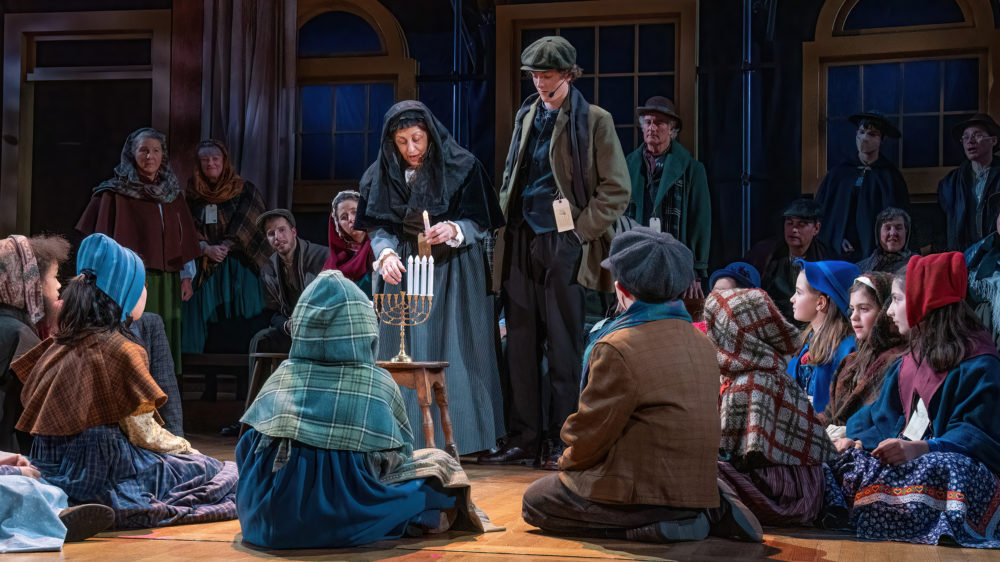
Revels’ annual celebration of the winter solstice at Harvard University’s Sanders Theatre has a new name. For 51 years, it was “The Christmas Revels.” Last year, however, Revels began to re-examine its rituals with an eye to “diversity, equity, and inclusion”; hence “Midwinter Revels.” Not that the previous editions were ever solely about Christmas. Staples like the Abbots Bromley Horn Dance, the “Dona nobis pacem” round, the mummers play, Susan Cooper’s 1977 poem “The Shortest Day,” and the traditional finale, “The Sussex Mummers Carol,” are really about driving the dark away. Even “The Lord of the Dance” is at bottom a tale of resurrection and rebirth.
But Revels’ 52nd “Solstice Celebration” is truly inclusive. The year is 1924; the place is Ellis Island. It’s Christmas Eve, and due to processing delays caused by changes in the immigration laws, Irish families and Jewish families from Eastern Europe will be spending this holiday time together. Throw in some medical staff from Mexico and you have what Revels artistic director Patrick Swanson calls “the great American cooking show.” This year, as well, the celebration has returned to its usual two-and-half-hour running time, and, with COVID subsiding, audiences will again be able to snake-dance into the Memorial Hall vestibule following “The Lord of the Dance.” Best of all, the Revels kids, who last year had to perform via Zoom, are back live as the Ellis Island Children.
Jeremy C. Barnett’s simple but effective set for the Ellis Island holding area comprises a trio of long wooden tables and benches and stools placed in front of large mullioned windows. From time to time the curtains are drawn in front of the windows to provide a screen for Ari Herzig’s helpful projections.
After the Liberty Band has opened with a zippy, multicultural Overture composed by Revels’ new music director, Elijah Botkin, the Spirit of Place (Carolyn Saxon) welcomes us and whisks us back to 1924. The Irish immigrants, stage right, sing “The Famine Song”; the Jewish families, stage left, recite the traditional Kaddish prayer. Bridget (Maeve Leahy) is dismayed to learn from her dad (Luke Olivier) that Isaac (Ewan Swanson) and the rest of the Jewish immigrants don’t celebrate Christmas. She says she wasn’t expecting to spend Christmas among strangers, whereupon the Spirit of Place points out that Jesus, Mary, and Joseph weren’t expecting to spend Christmas among strangers either. Bridget and Isaac eventually bond over her mother’s fiddle, an instrument common to both cultures. It’s broken; Isaac, after fixing it, notes that it was made in Prague, perhaps by one of his ancestors.
Master of ceremonies David Coffin recalls “Christmas in the Trenches” during World War I, when in 1914 both sides declared an informal cease-fire and played a soccer game; “It’s a Long Way to Tipperary,” The Wild Rover,” and a selection of Irish dance tunes are interspersed with, on the German side, “O Tannenbaum,” “Stille Nacht,” and “Es ist ein Ros entsprungen.” Coffin concludes, “On each end of the rifle, we’re the same.” The Ellis Island Children celebrate Hanukkah by playing with dreidels and lighting candles; Isaac’s bubbe (Stephanie Clayman) tells the cautionary tale of the Golem, who was animated by a rabbi (Haris Papamichael) to protect the Jews; and the audience joins in on the Jewish peace round “Shalom Chaverim.” Sung by Coffin and Saxon, this year’s “Lord of the Dance” has revised, more secular lyrics by Patrick Swanson, and the familiar “Simple Gifts” tune makes way for “Hava Nagila.”
Following a spooky Abbots Bromley Horn Dance from the teenage Great Meadows Morris and Sword, a Mexican immigration official (Ricardo Holguin) tells Bridget’s dad how, during the Mexican-American War, the Irish-American Saint Patrick’s Battalion — soldiers mistreated by their superiors — switched sides and joined the Mexicans. Liberty Band leader Keith Murphy relates this story in “The Sands of Mexico”; Murphy and Holguin sing of the Mexicans’ appreciation; Coffin rounds it off with the San Patricios’ “March to Battle.” Along the way the children re-enact Joseph and Mary’s search for lodging in “Las posadas,” Holguin offers a powerful rendition of “La malagueña,” and Rosalba Solis dances up a storm in “El relámpago.”
Bridget, meanwhile, is determined to have a mummers play, and she tells Isaac he has to take part. Drawing on the Straw Boys of Armagh, “The Straw Folk Mummers Play” has Bridget as Room, her dad as Old Man Winter, and Isaac joining Great Meadows Morris and Sword in an intricate rapper sword dance.
No one puts a foot wrong here or elsewhere. Botkin’s arrangements of Irish, Jewish, and Mexican music are uncannily idiomatic. Sara Peattie’s imaginative puppets include an adorable Mexican donkey, a foosball set, and a monstrous, pincer-handed Golem. And the Ellis Island Children embrace whatever cultural goodies are on offer, skipping rope to Irish mouth music, imitating orchestra instruments in a Yiddish game song, singing ritual Mayan and Aztec tunes. Inclusive to them is doing what comes naturally.
Jeffrey Gantz can be reached at jeffreymgantz@gmail.com

Read More
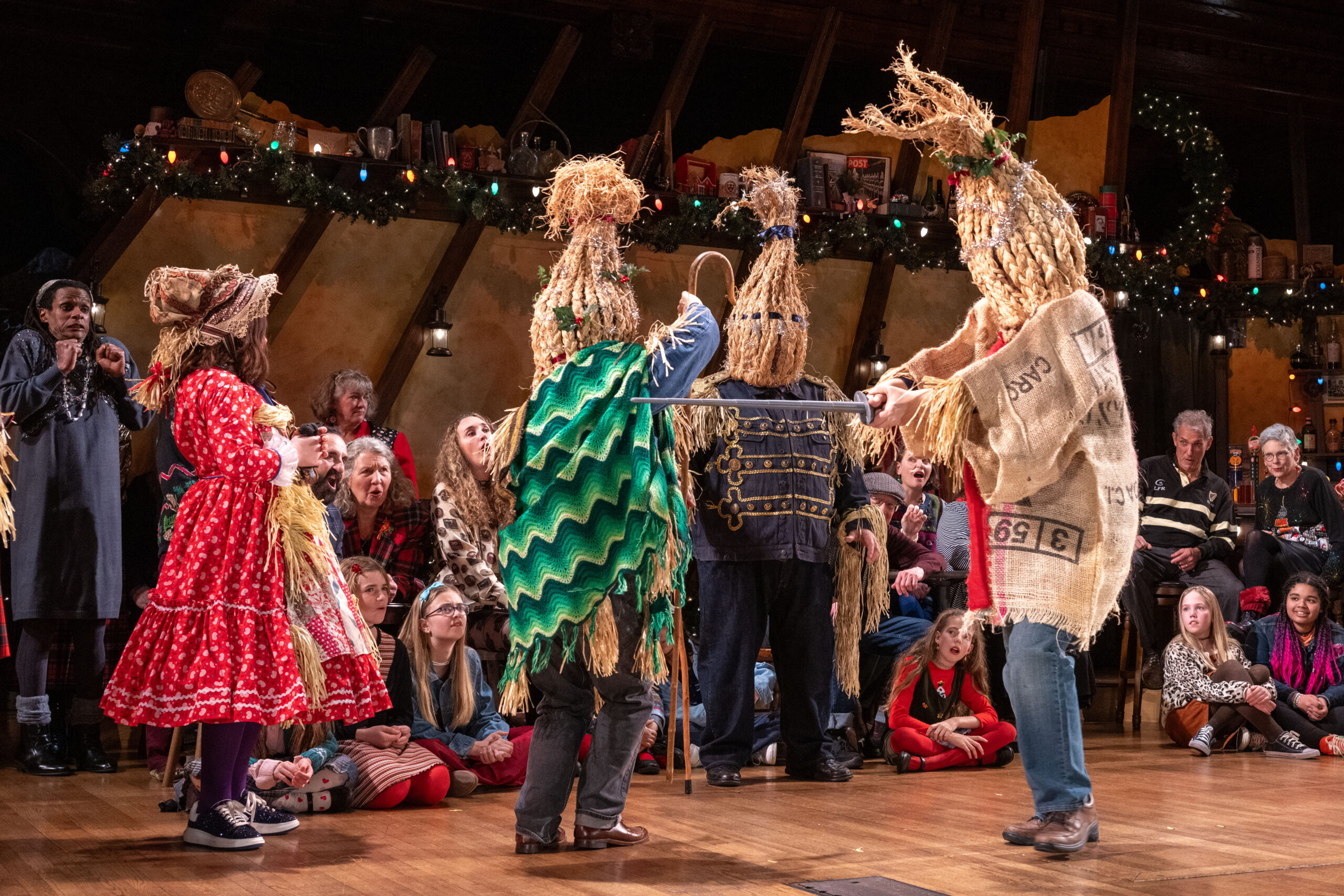
Read More
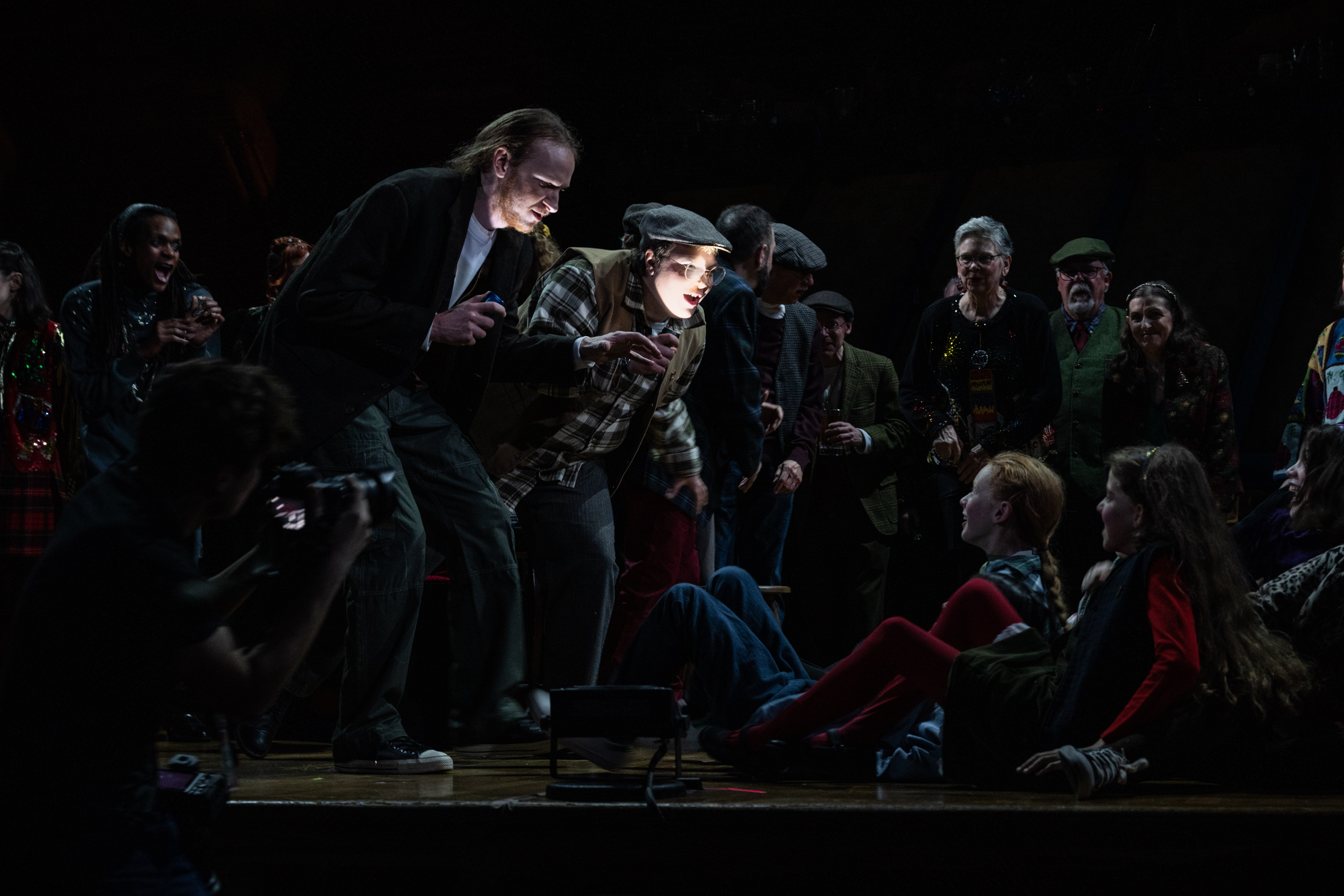
Read More
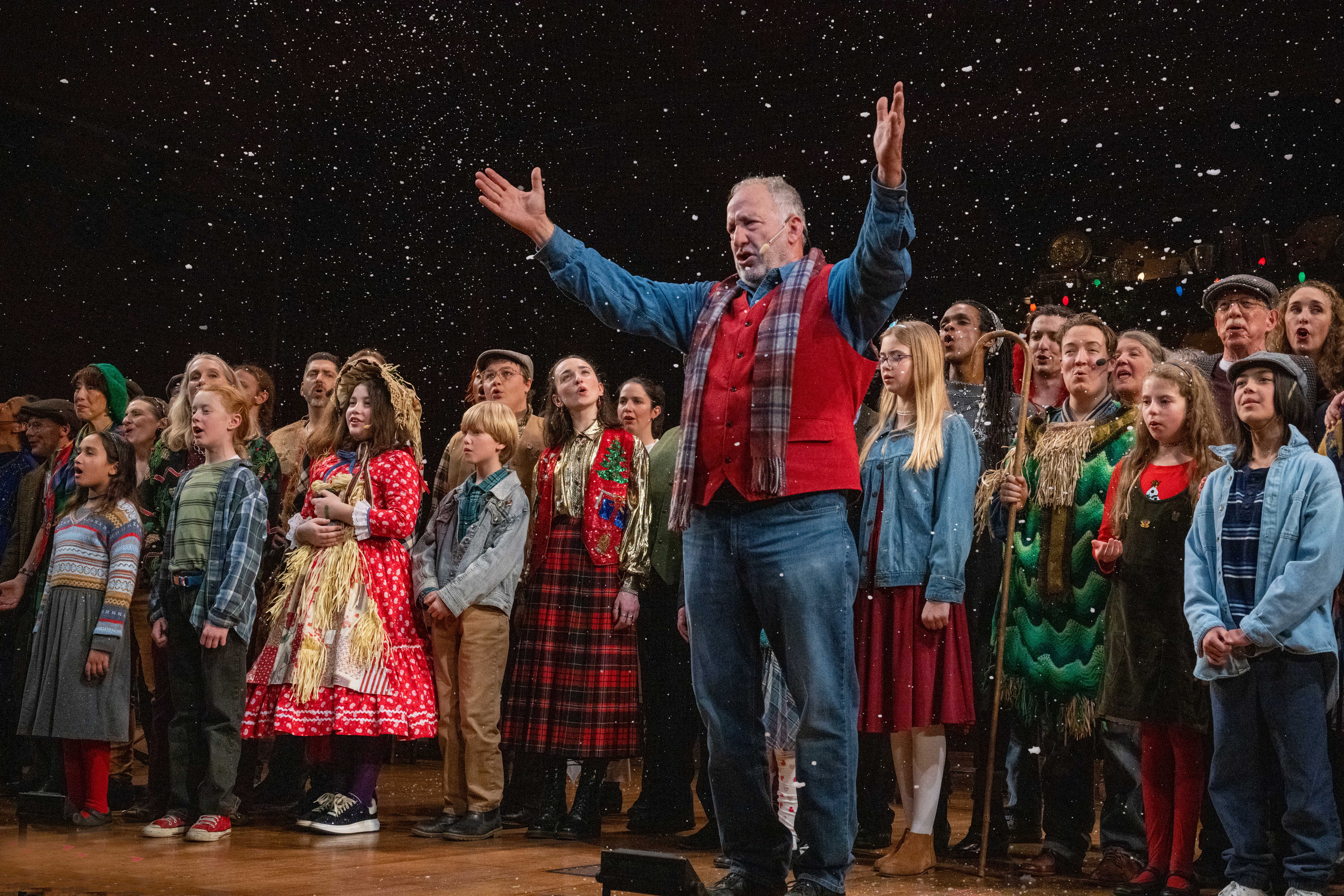
Read More
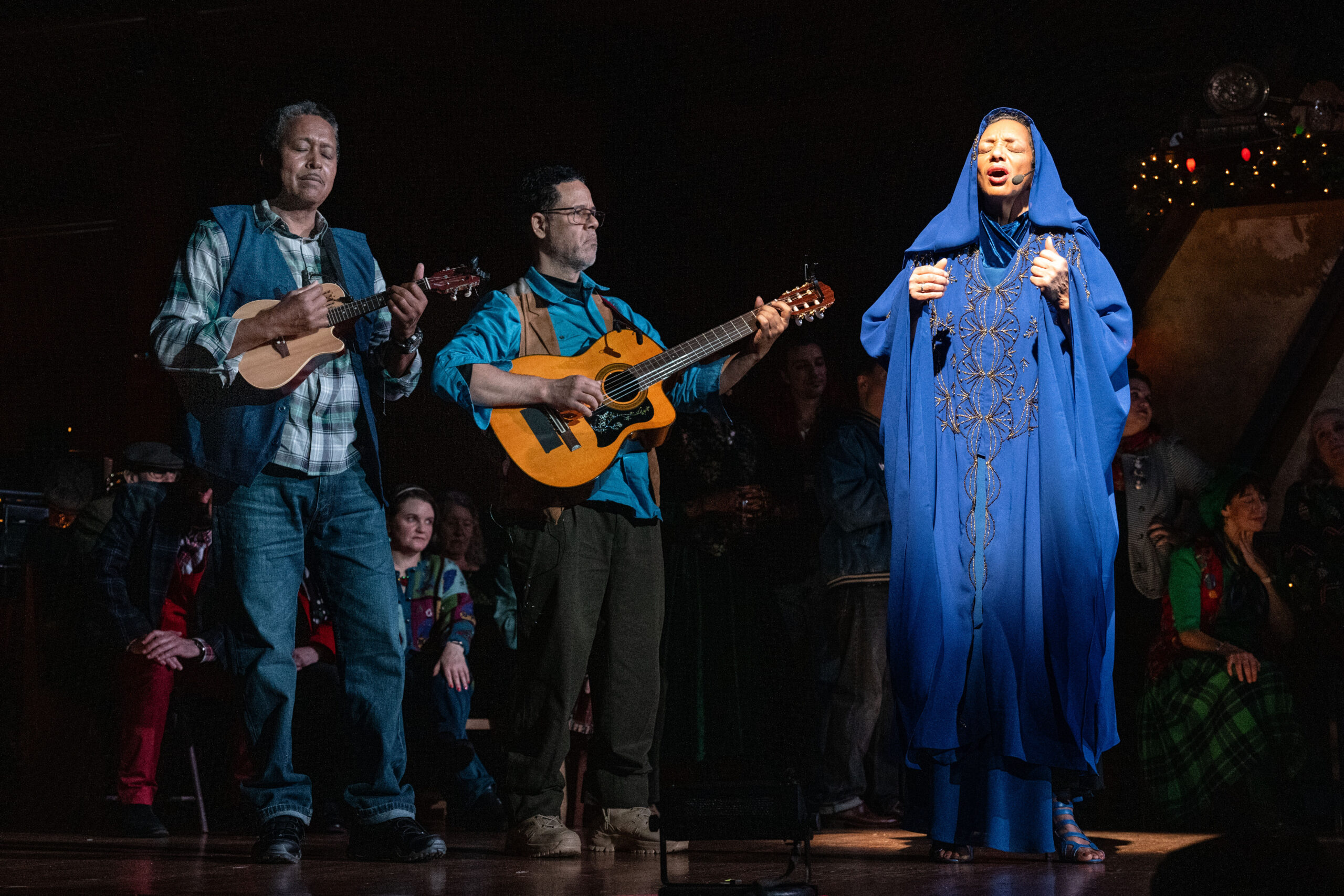
Read More

Read More
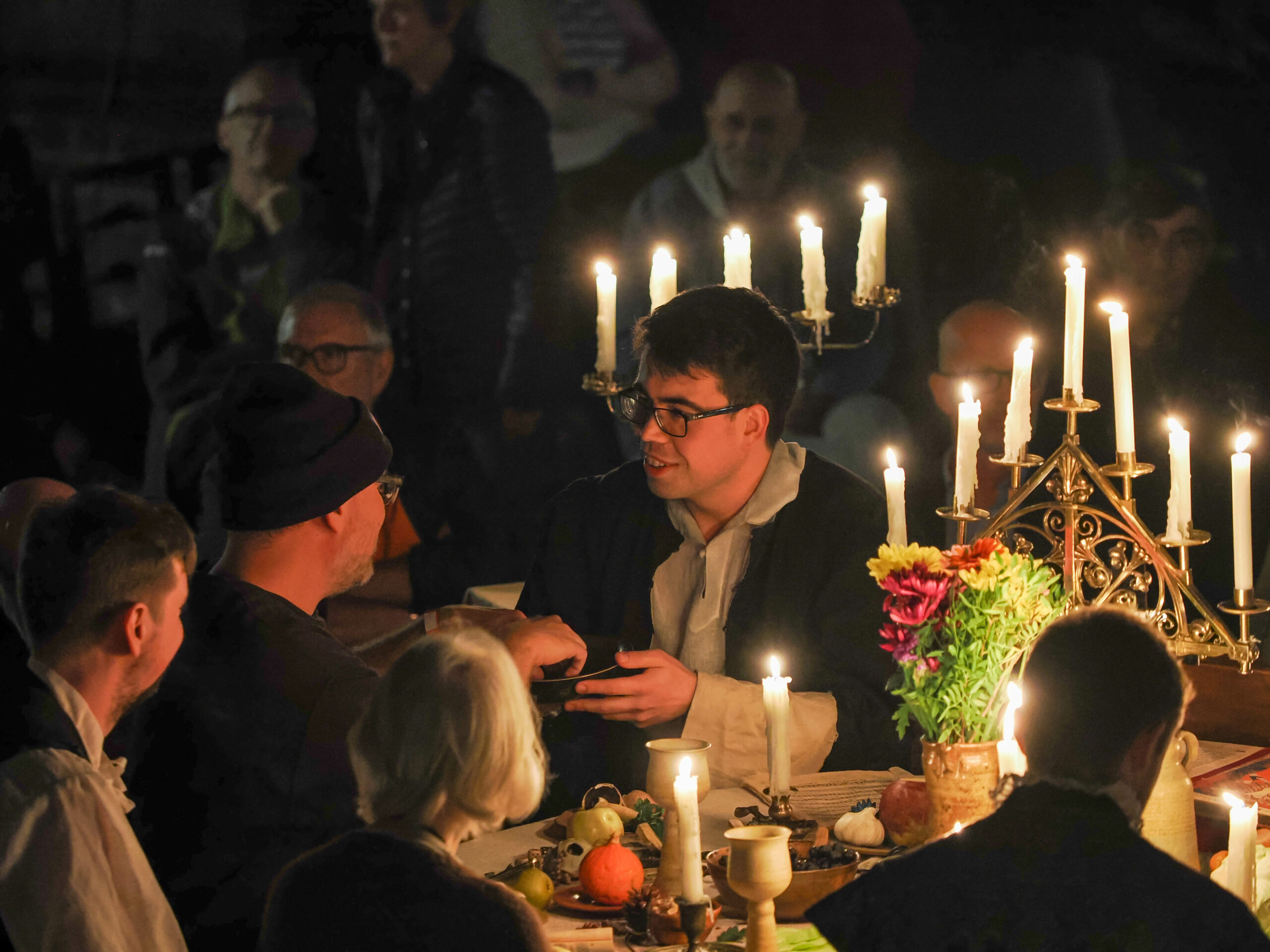
Read More
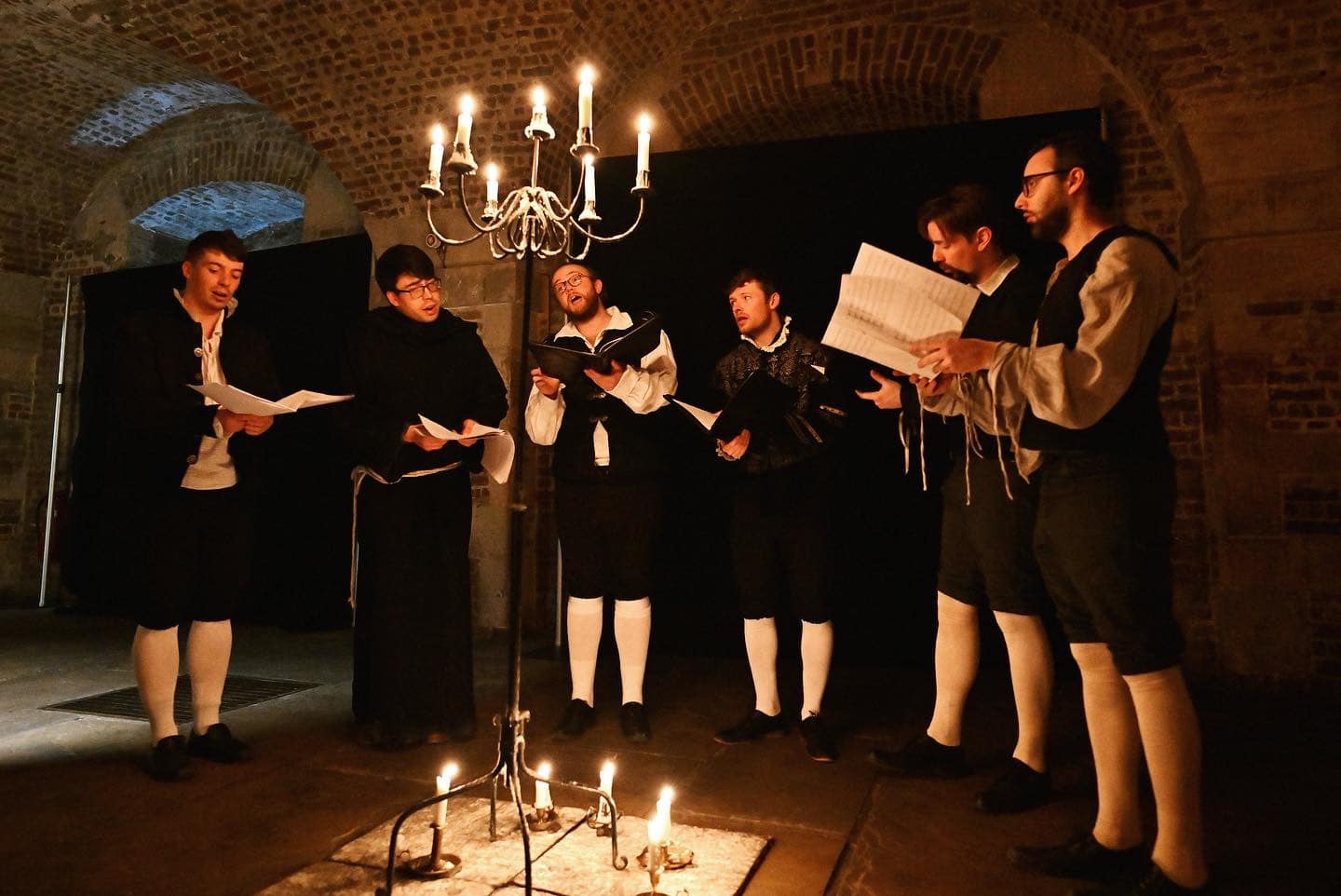
Read More

Read More
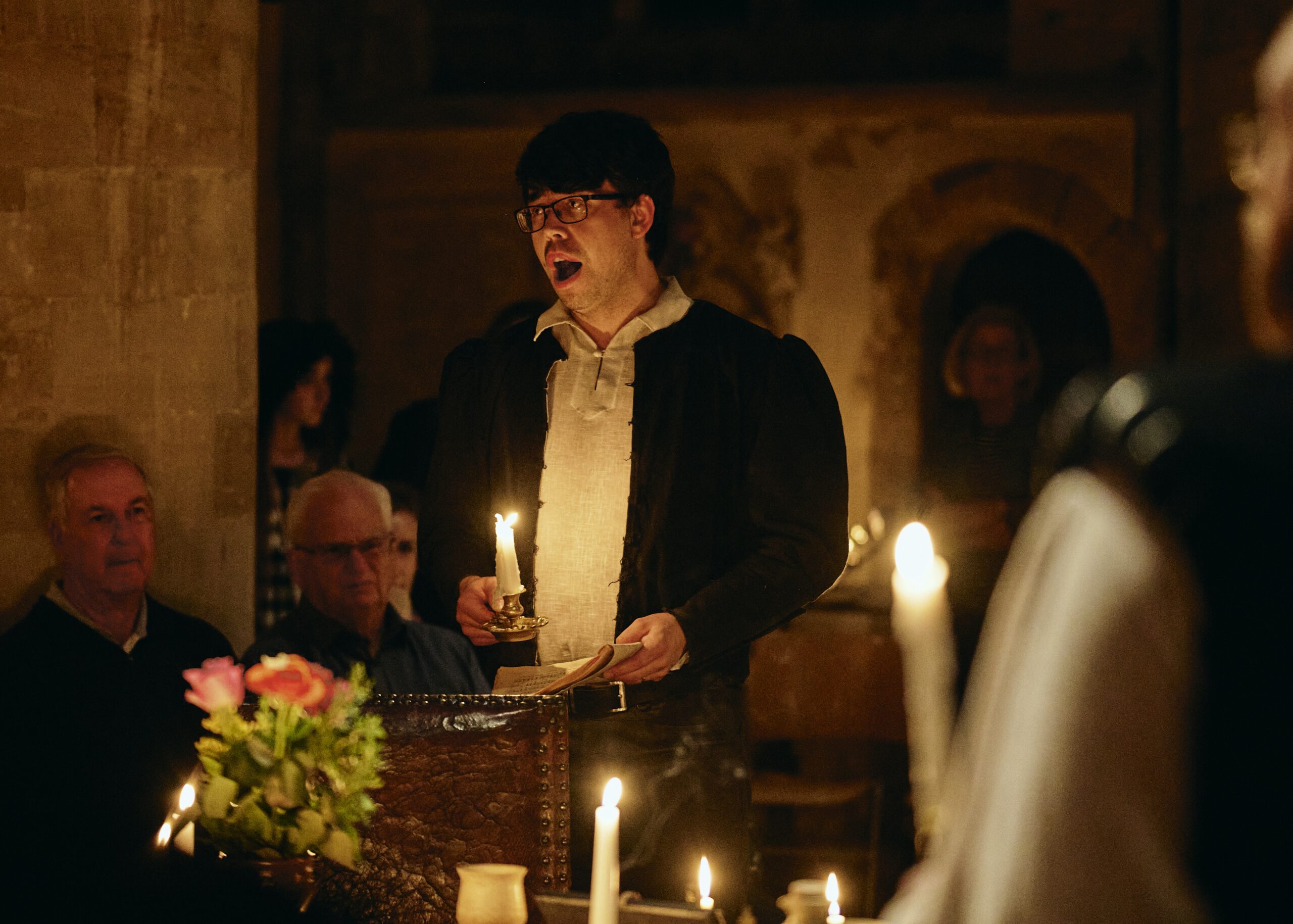
Read More
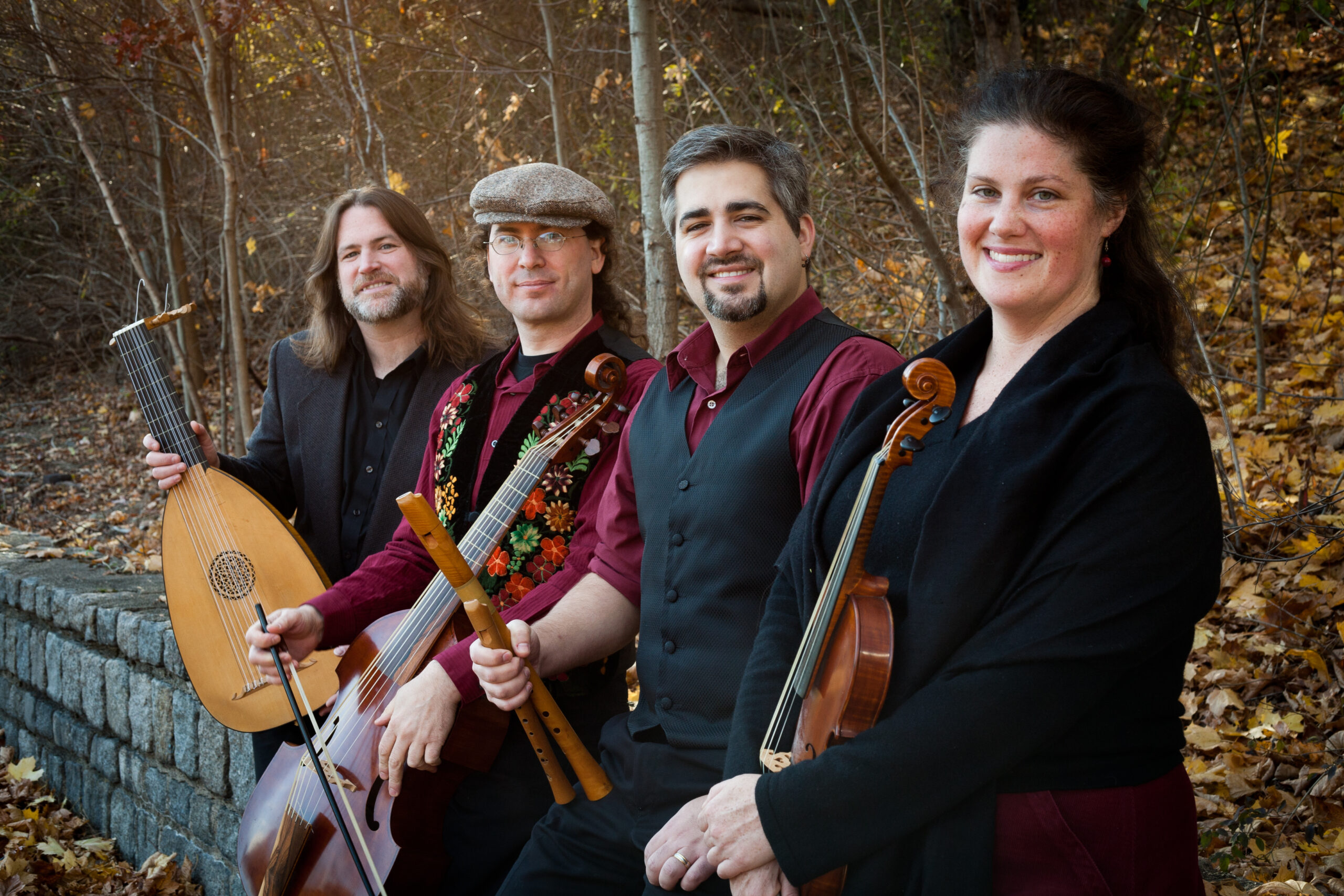
Read More
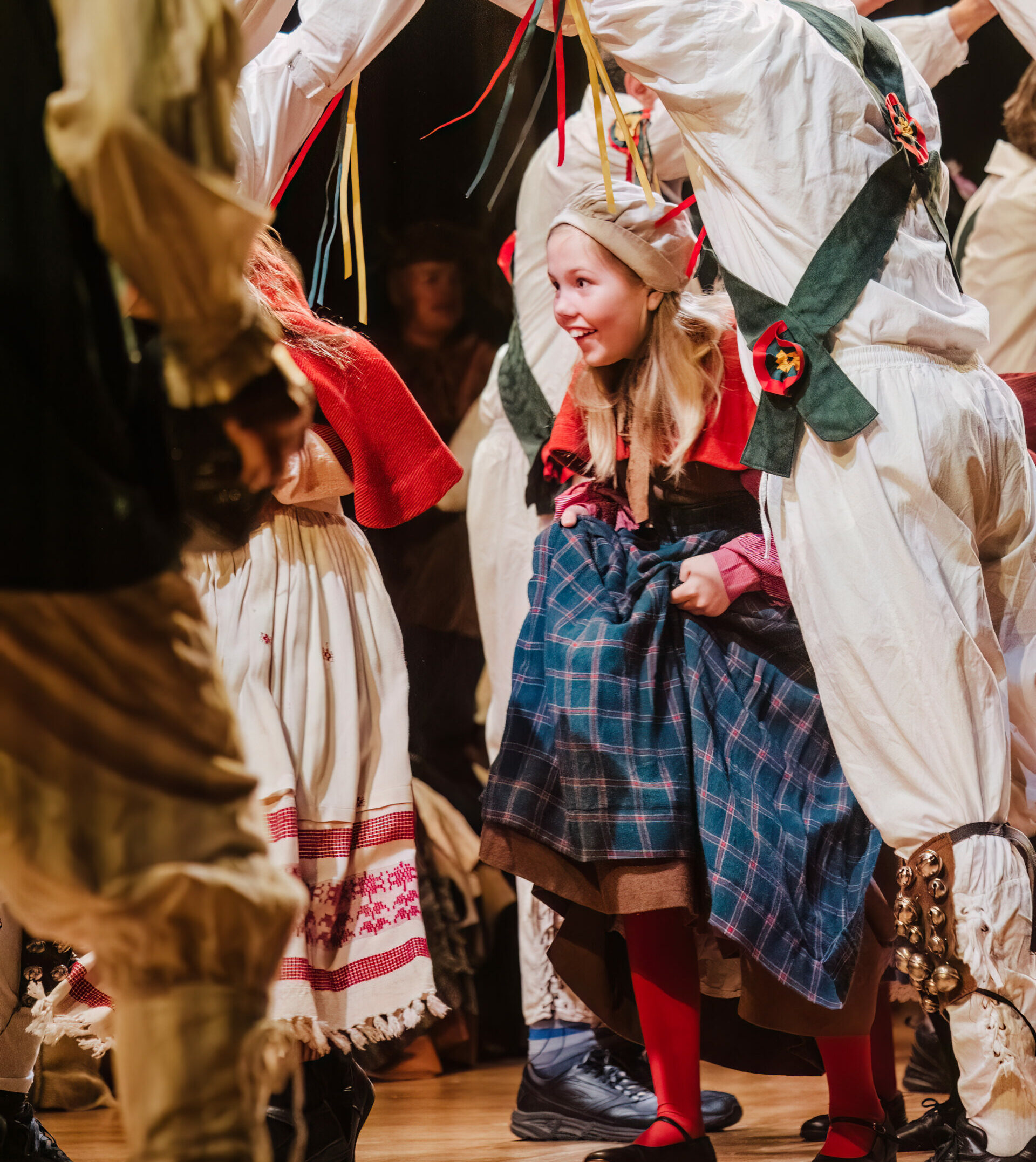
Read More
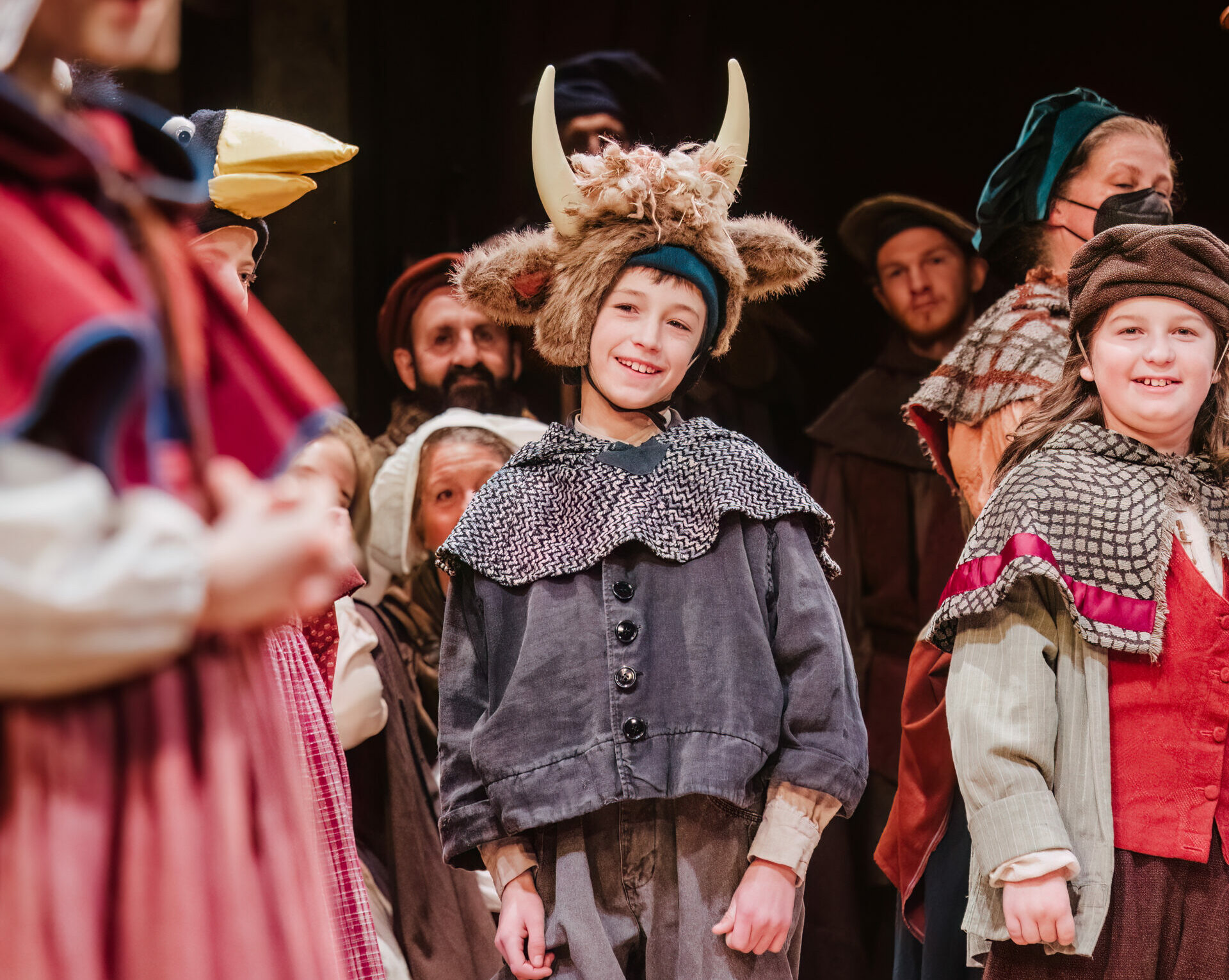
Read More
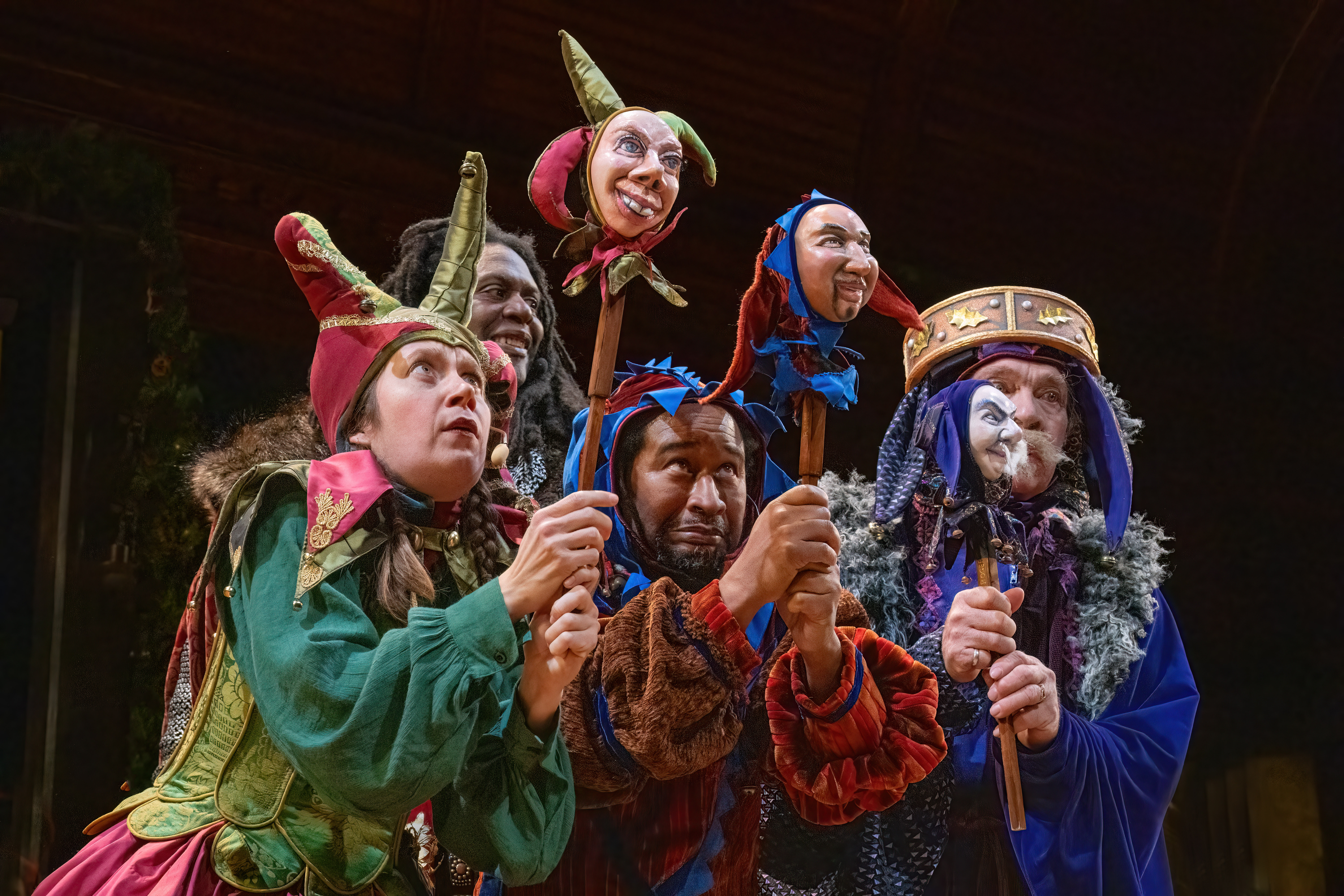
Read More
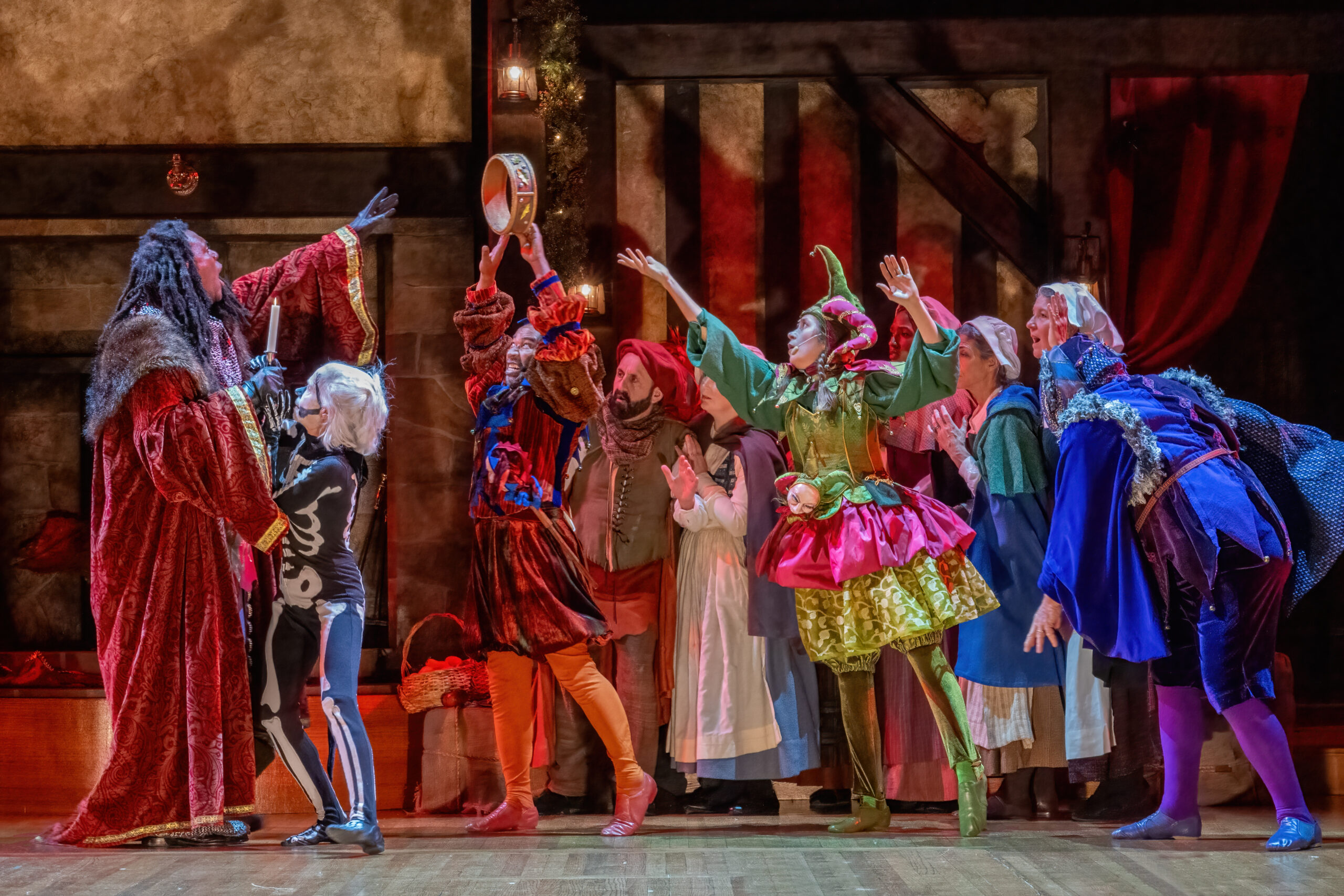
Read More
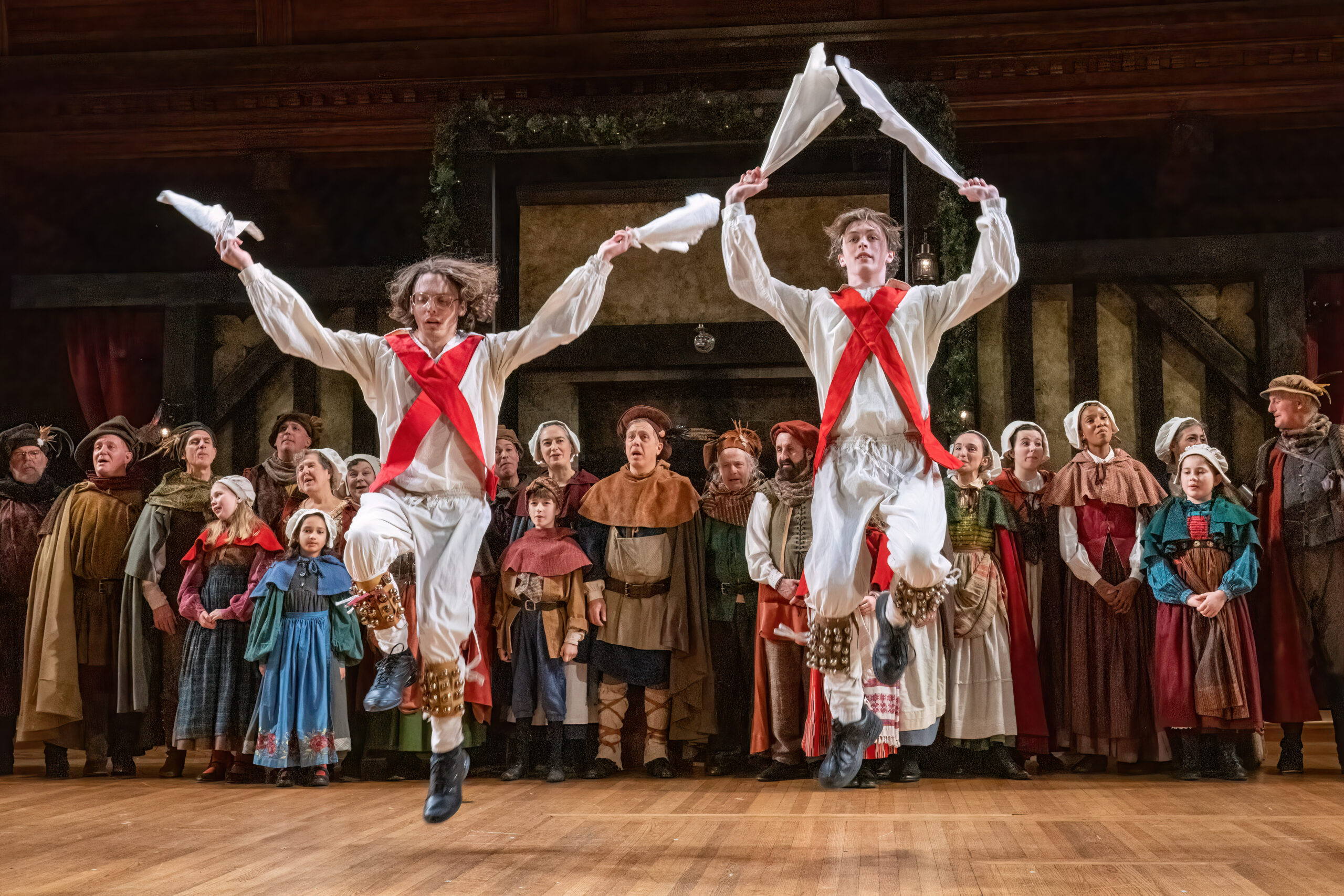
Read More
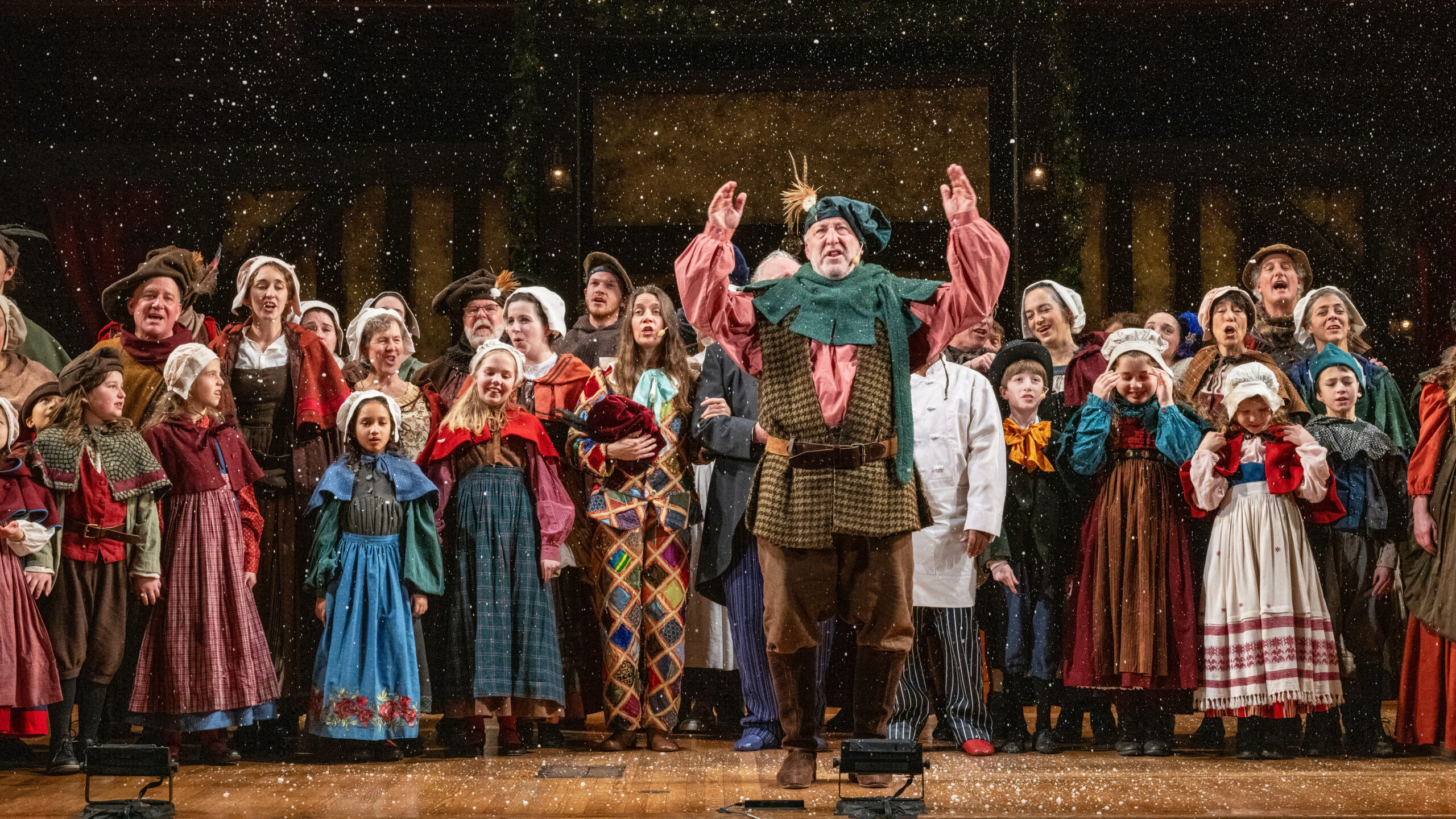
Read More

Read More

Read More

Read More
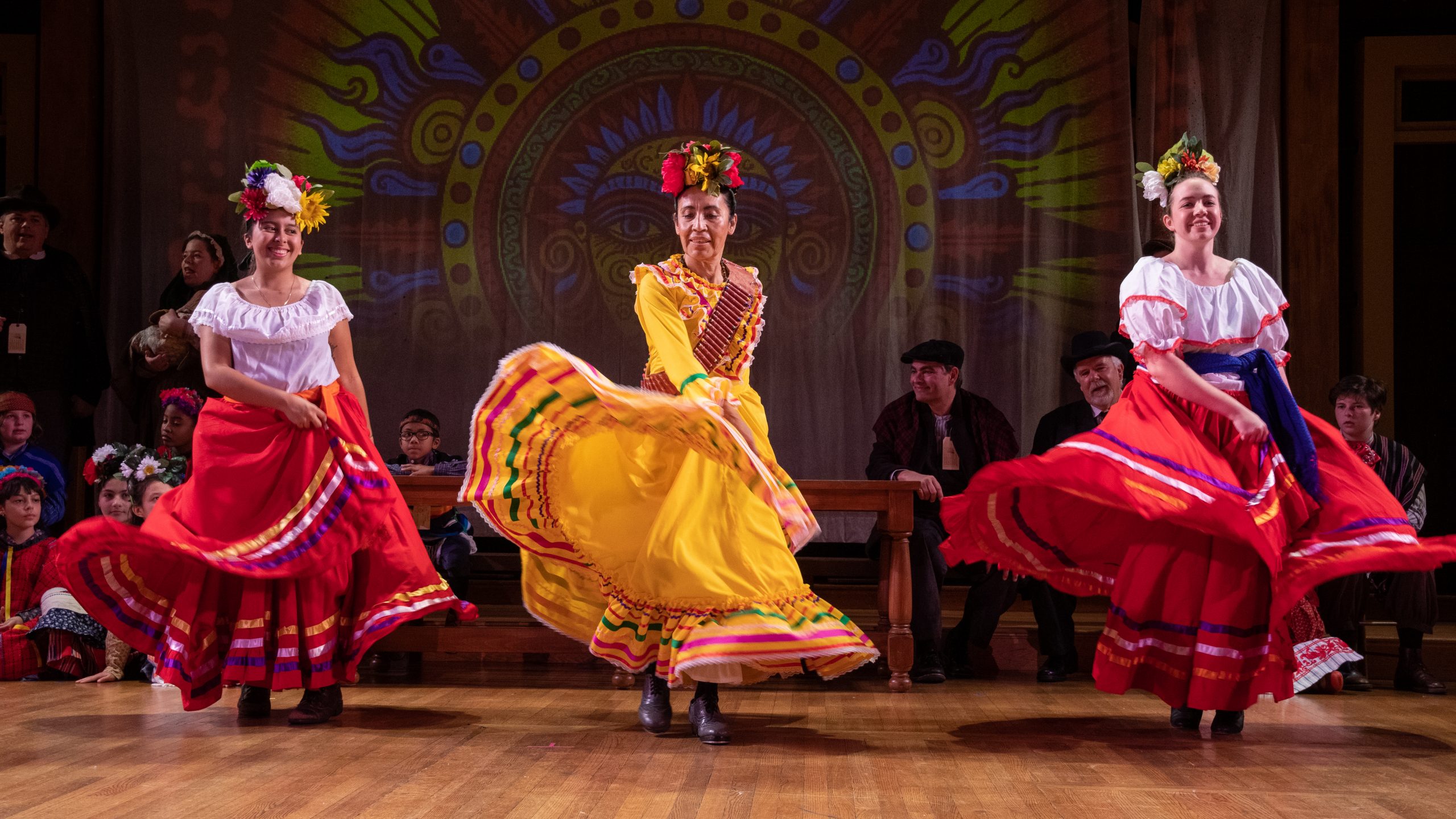
Read More
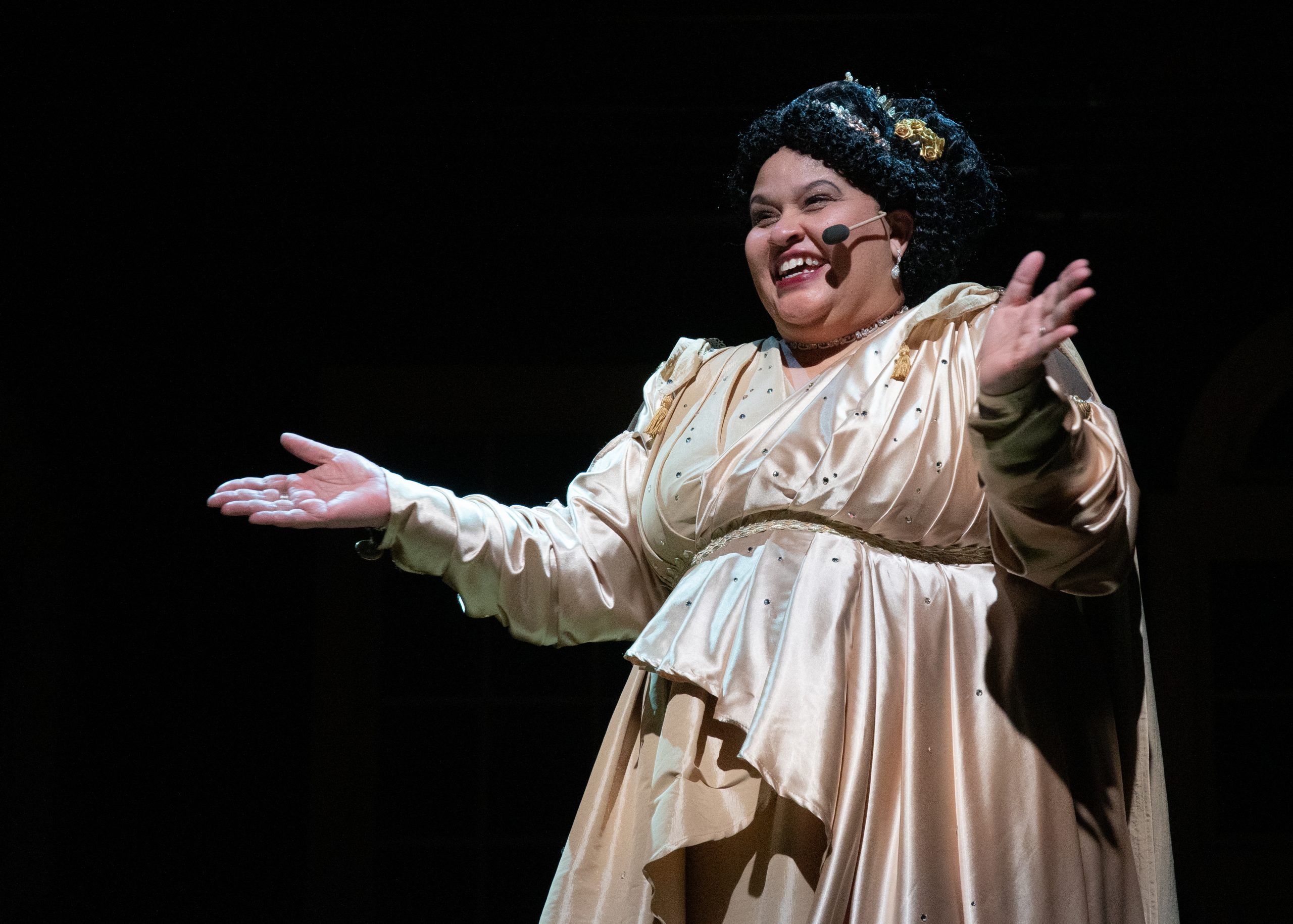
Read More
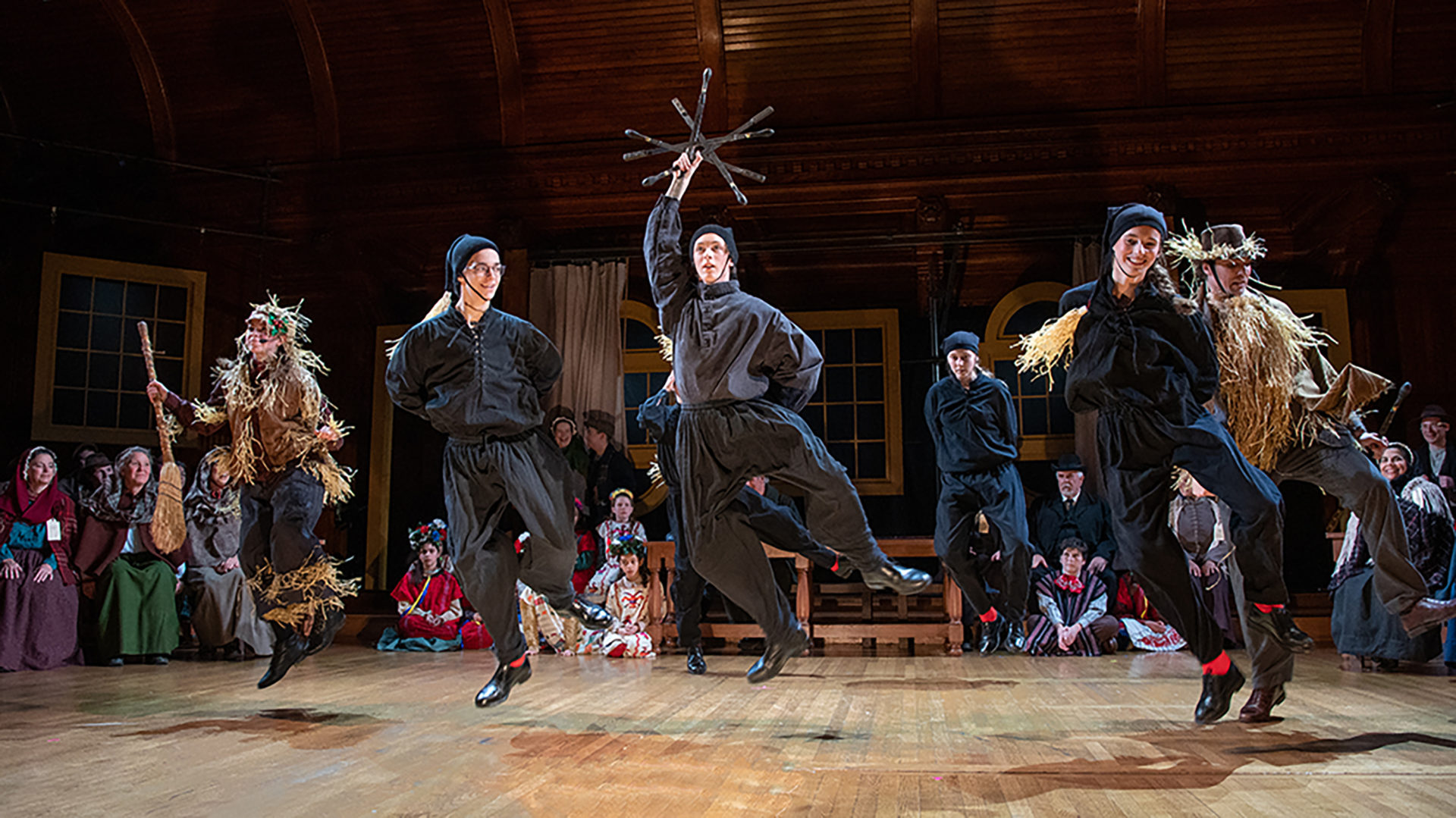
Read More
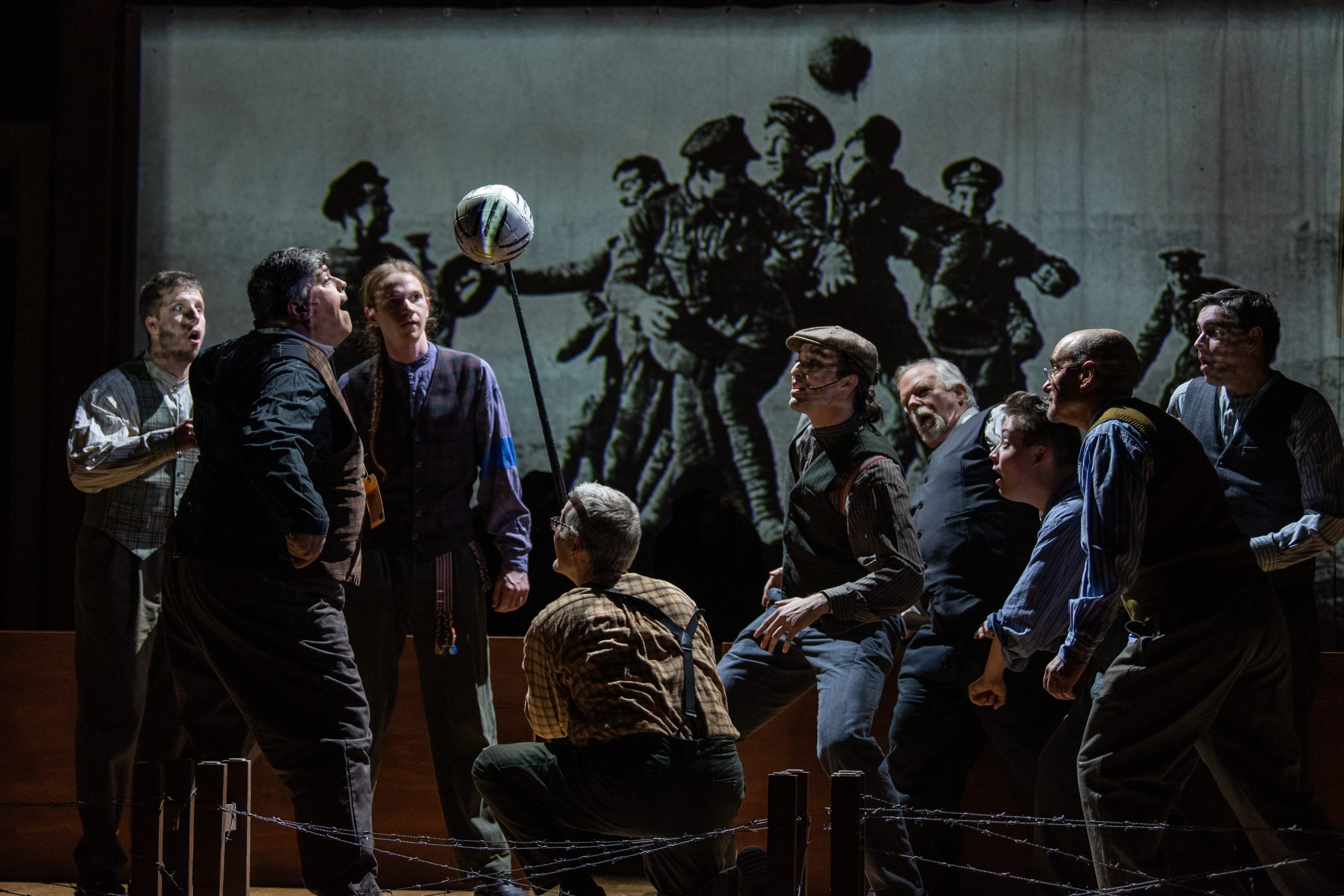
Read More

Read More

Read More

Read More
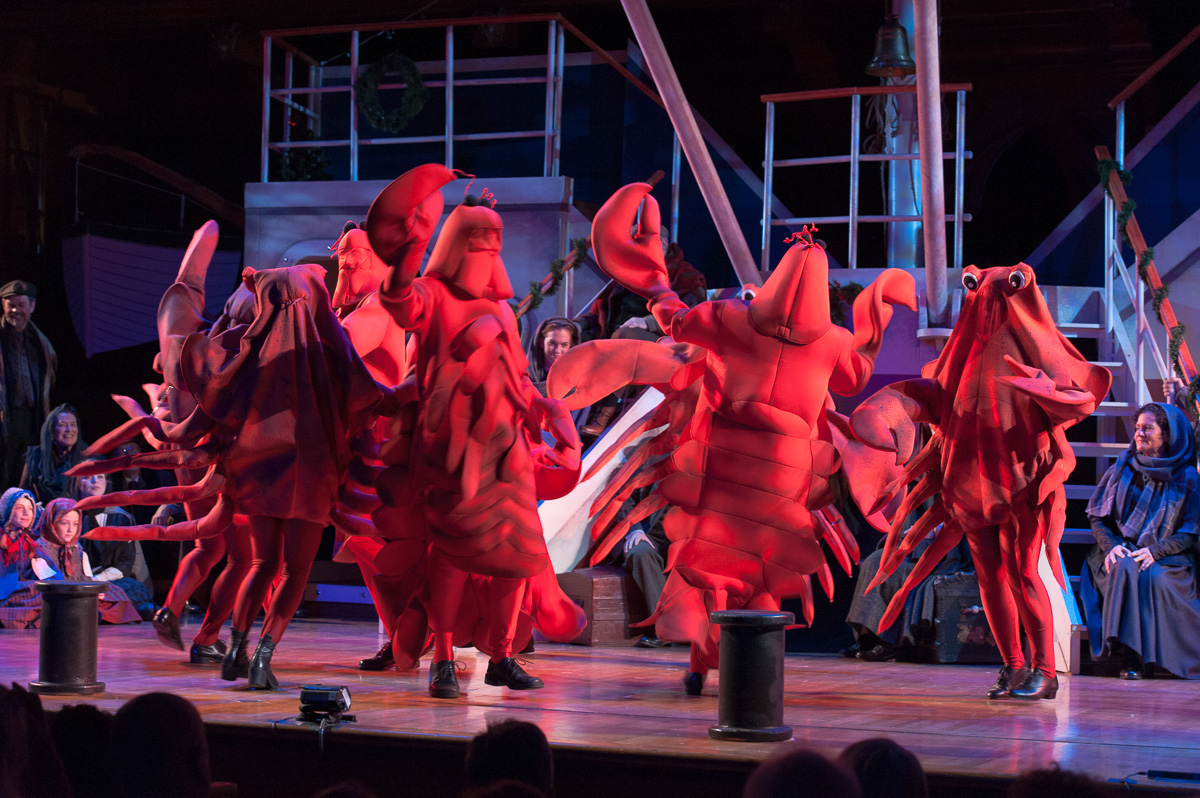
Read More
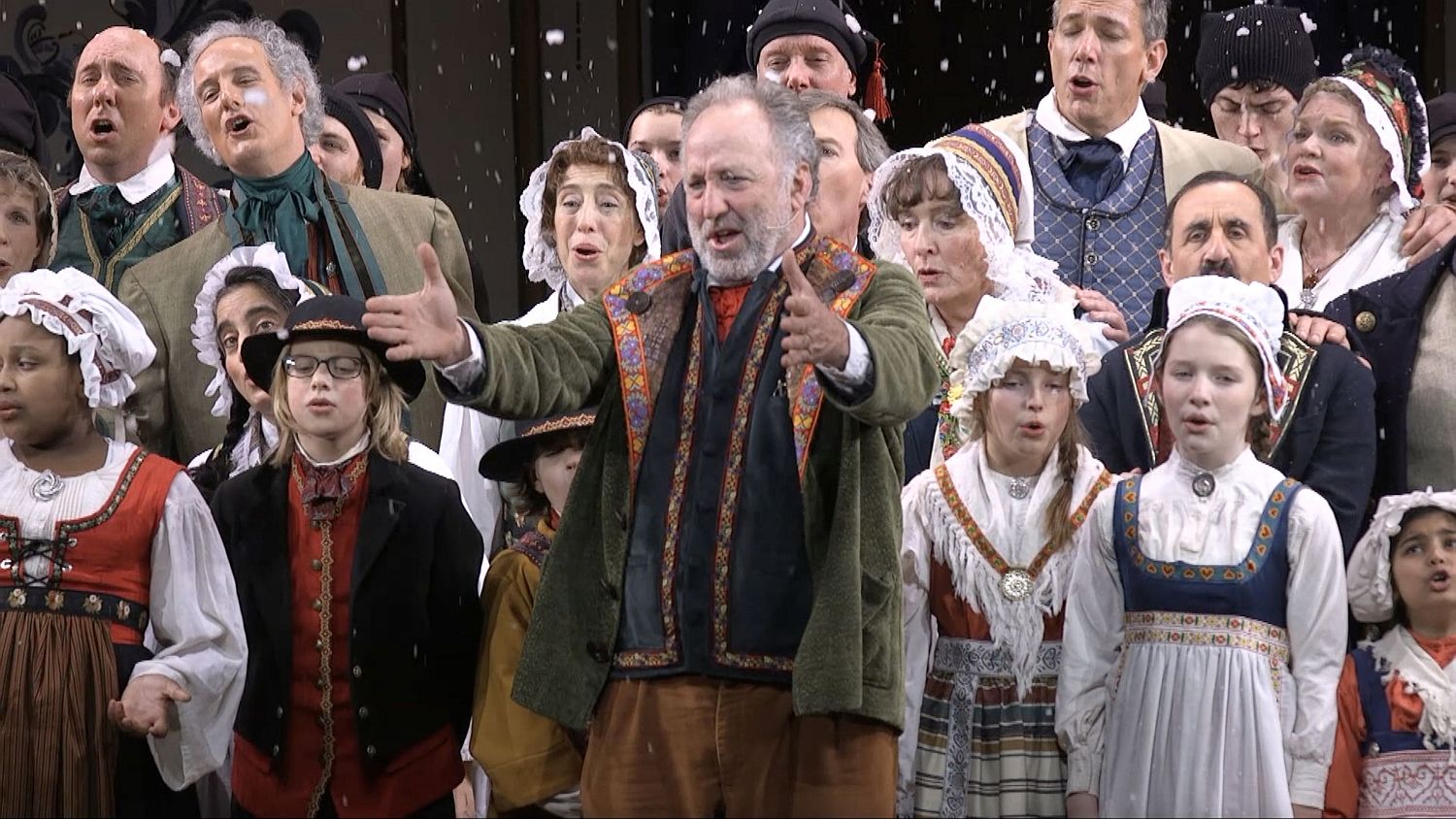
Read More

Read More

Read More

Read More

Read More

Read More
Read More
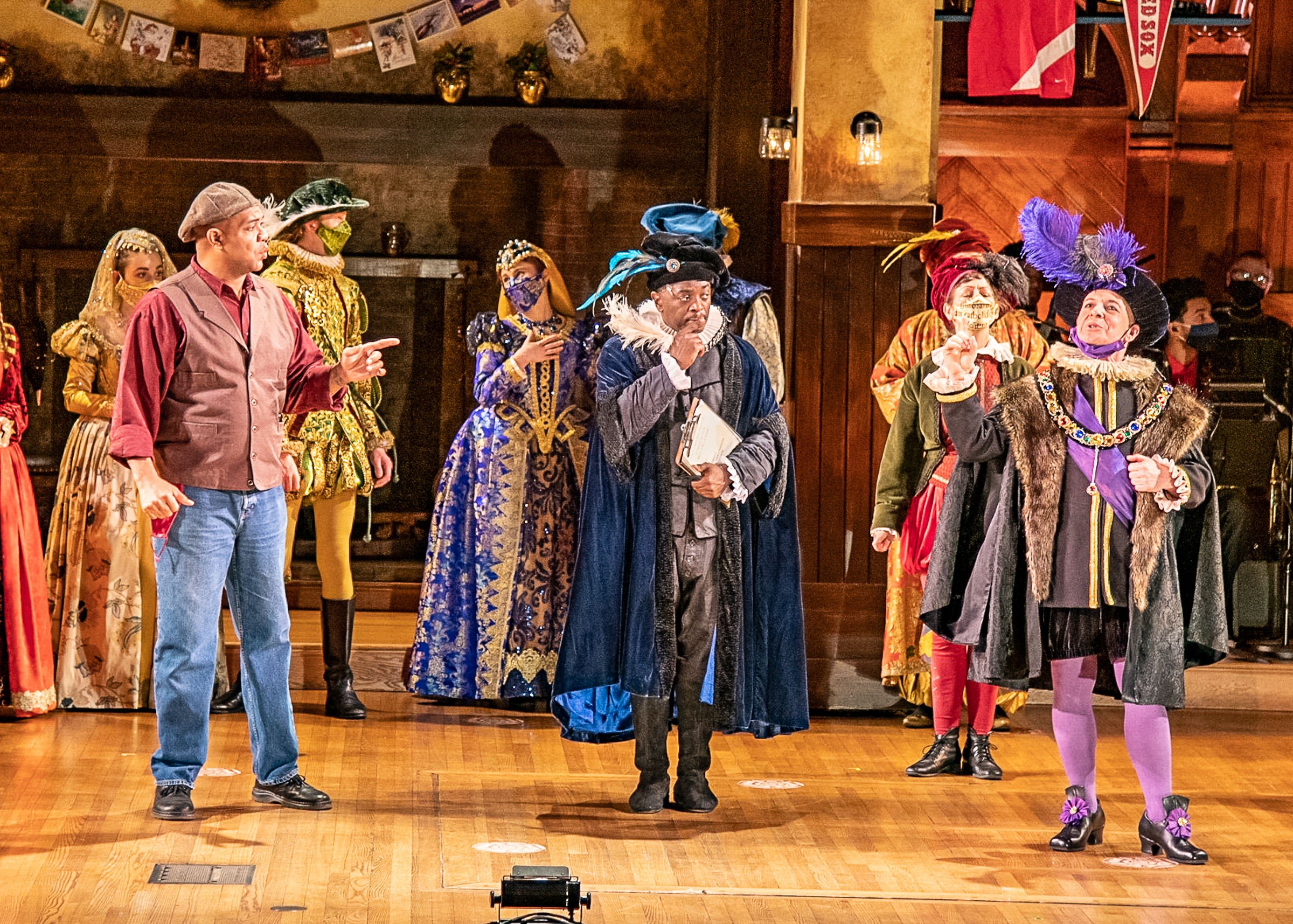
Read More
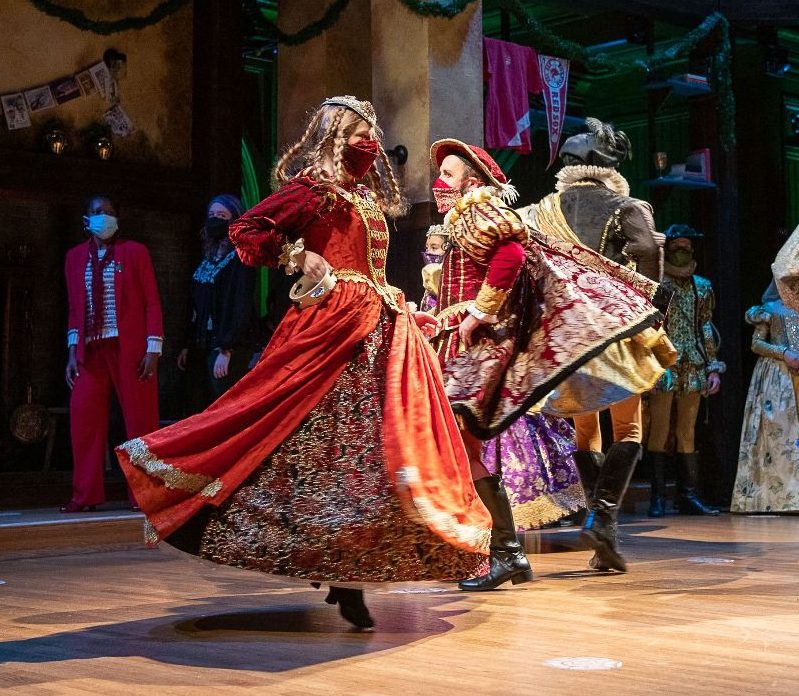
Read More
Read More

Read More
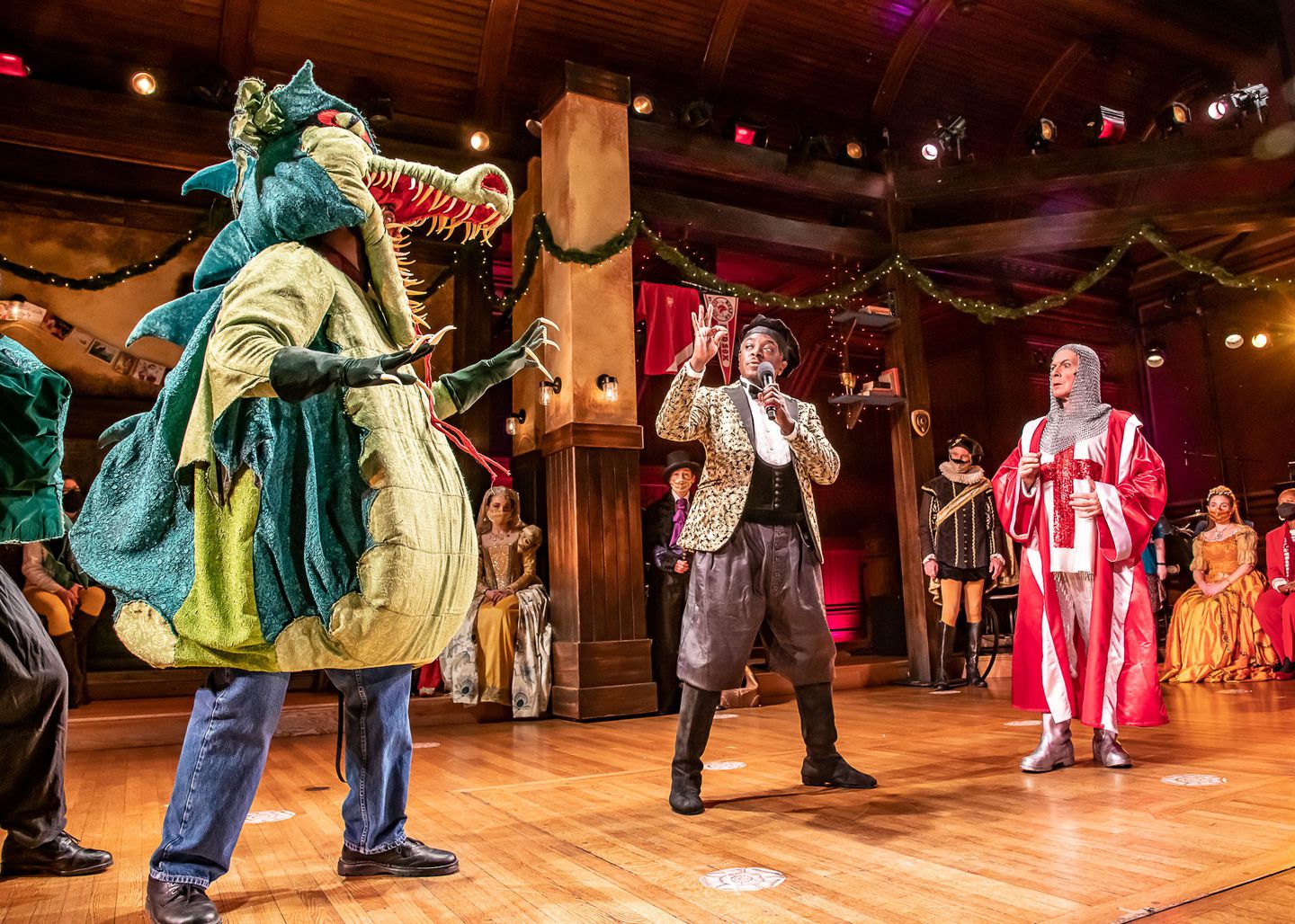
Read More

Read More
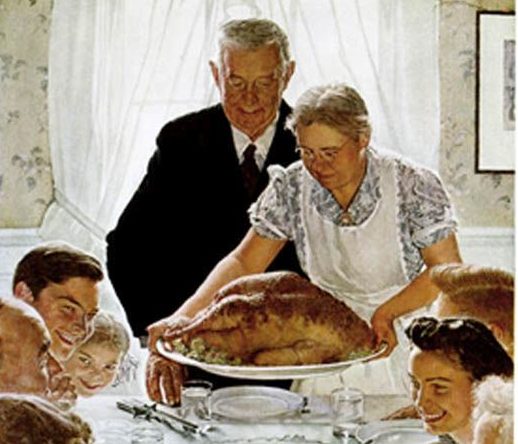
Read More
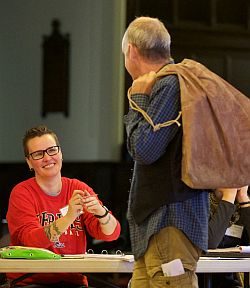
Read More

Read More
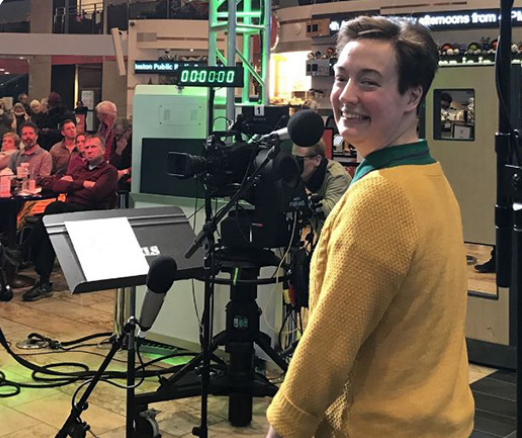
Read More

Read More
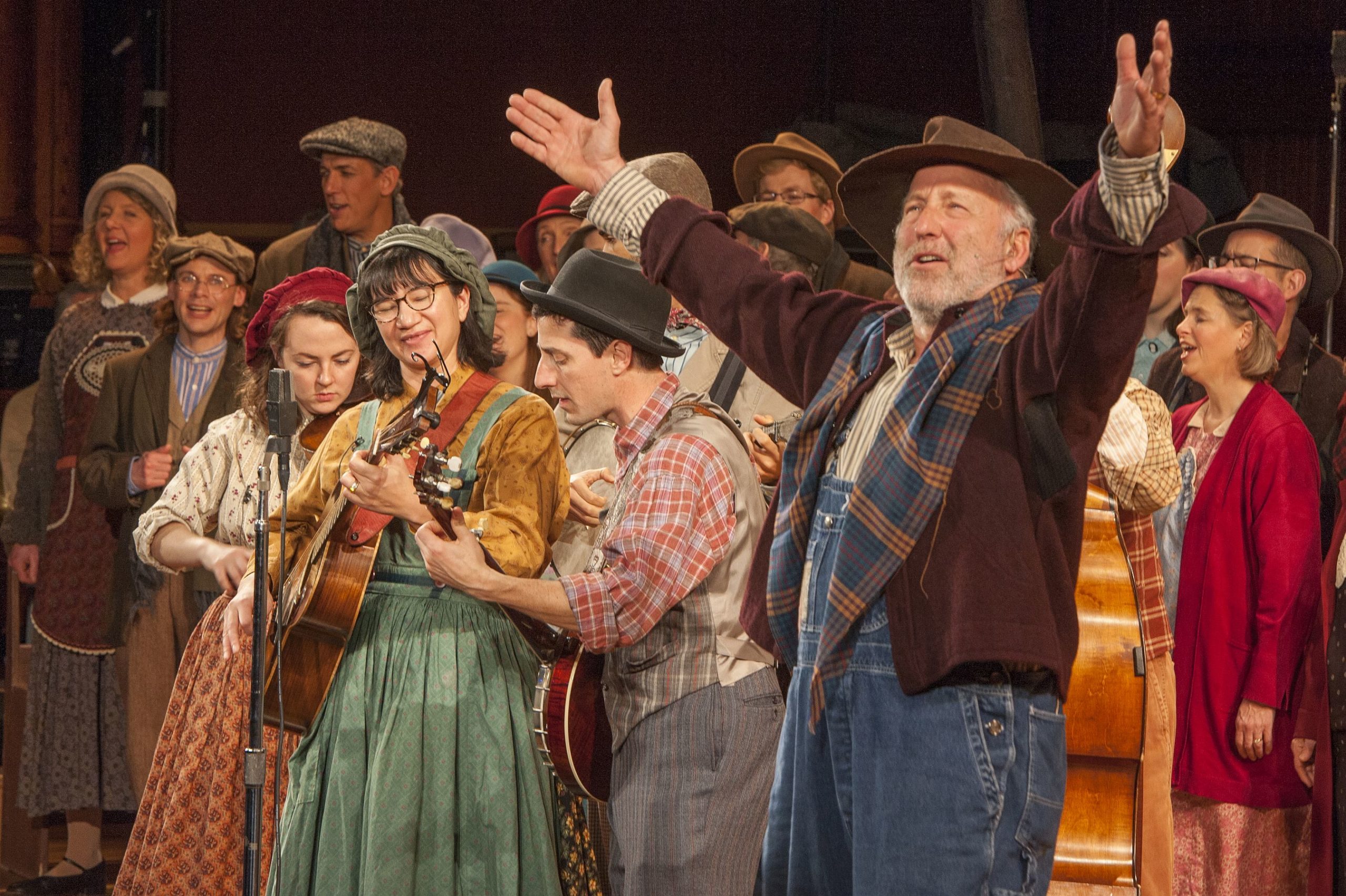
Read More
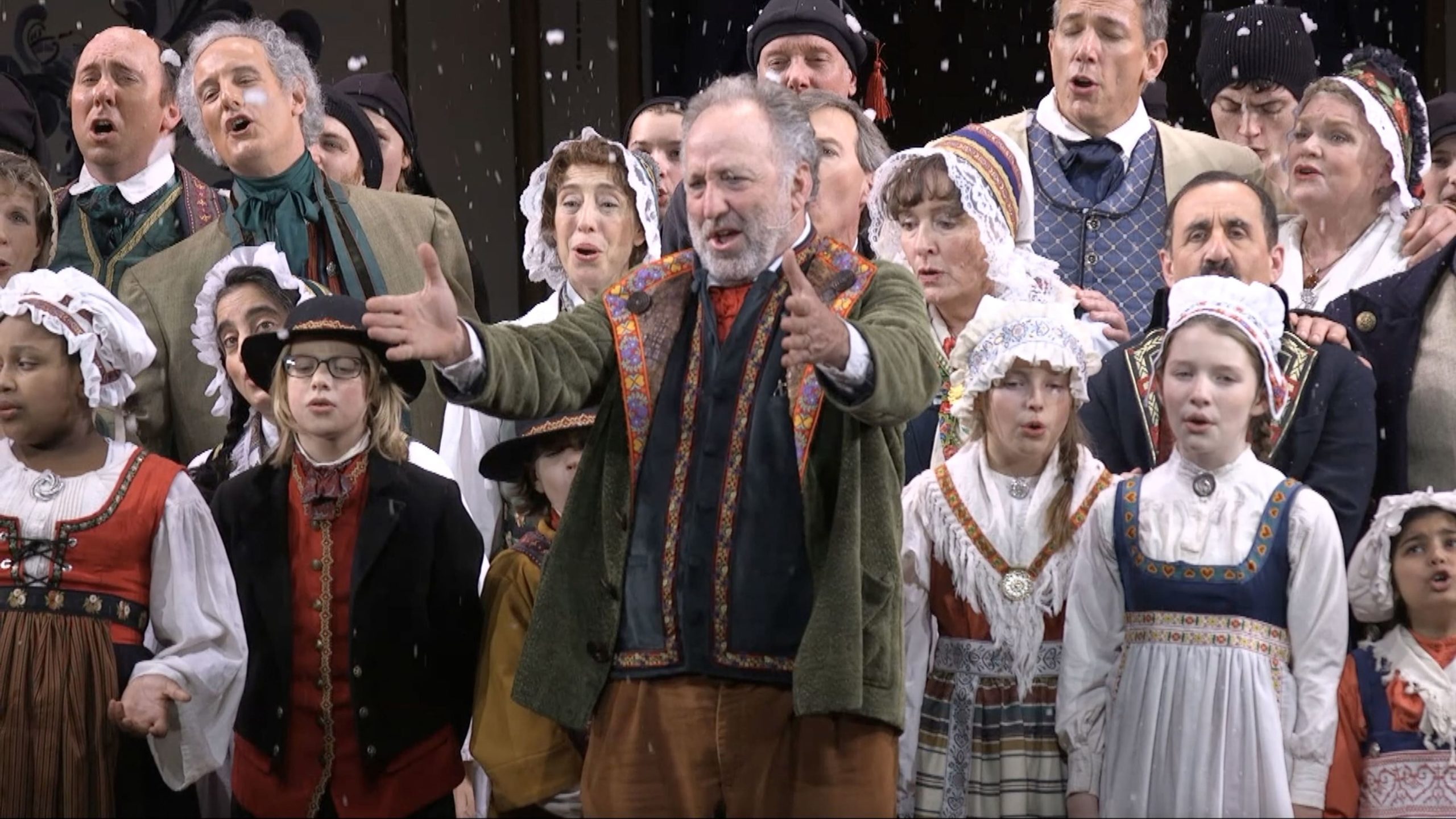
Read More

Read More
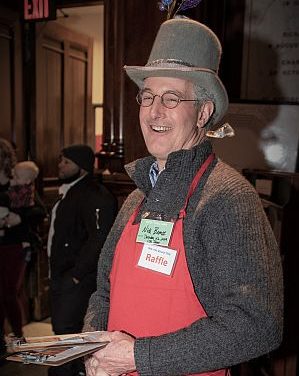
Read More
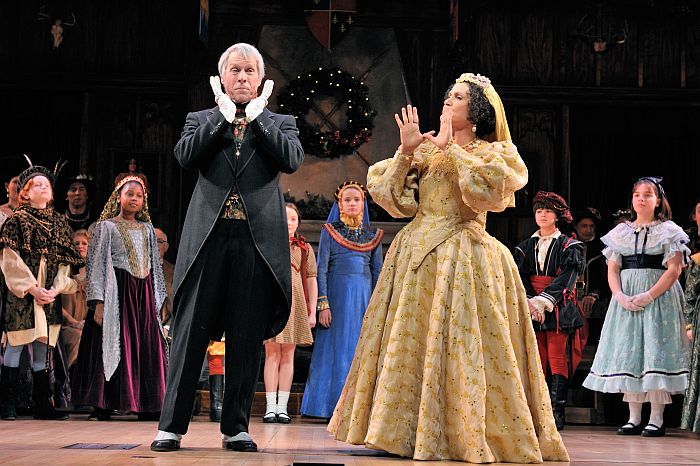
Read More
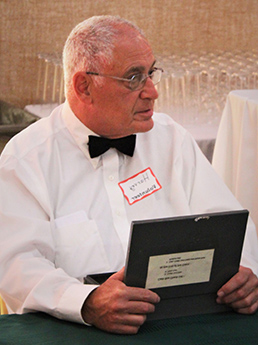
Read More
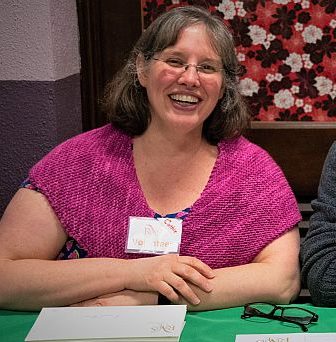
Read More

Read More

Read More

Read More

Read More

Read More
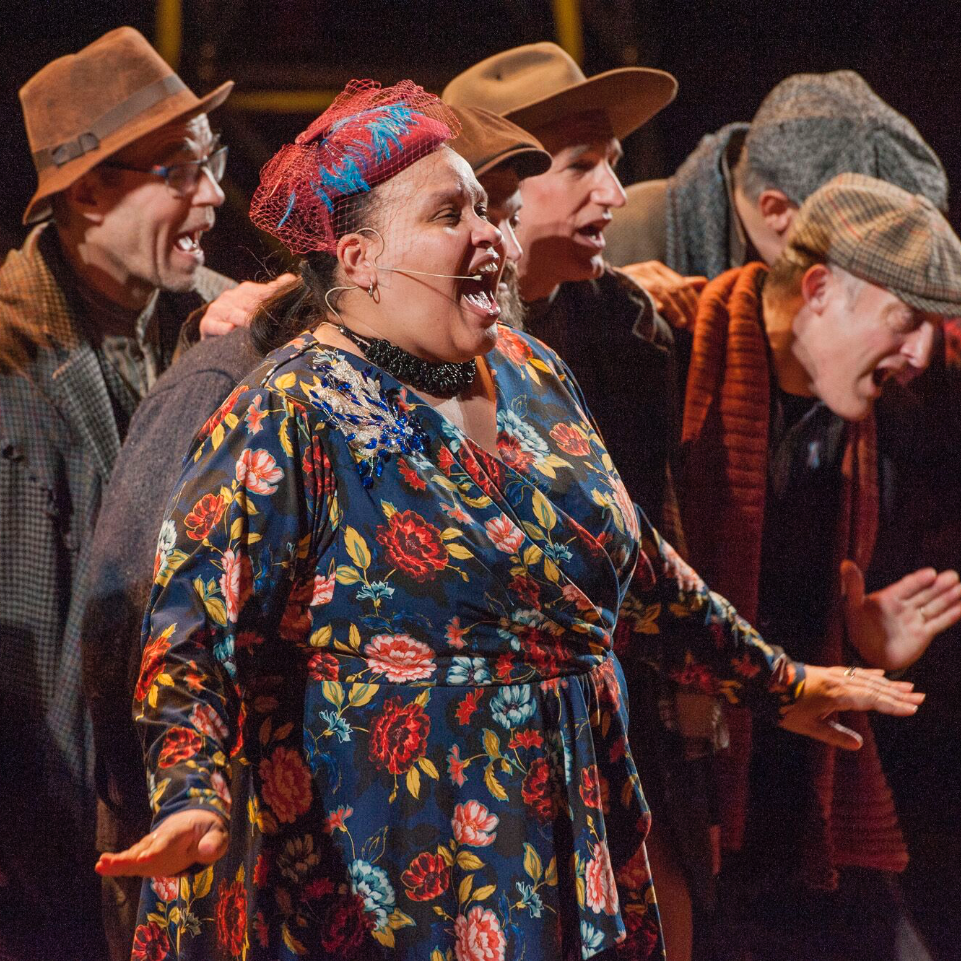
Read More

Read More

Read More
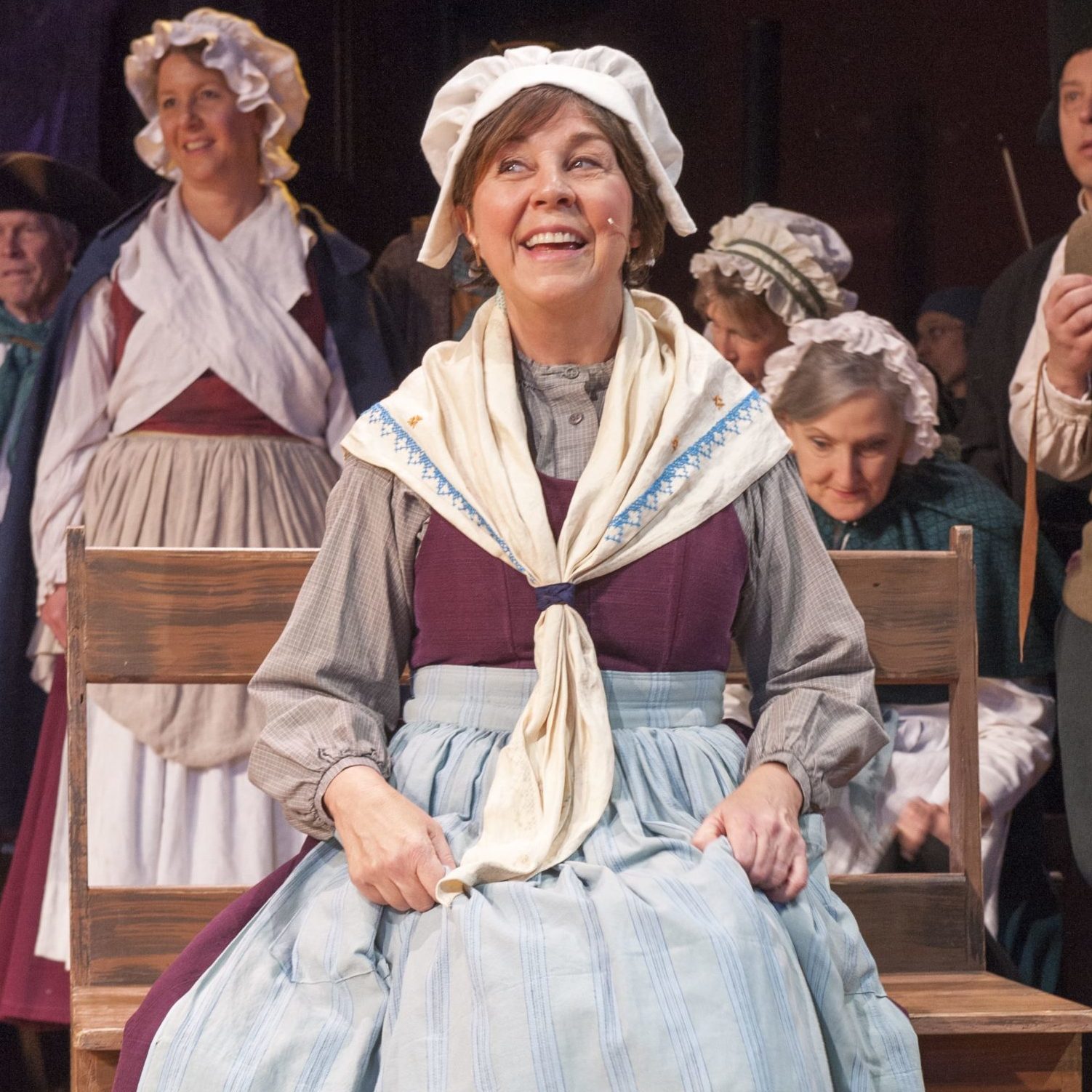
Read More
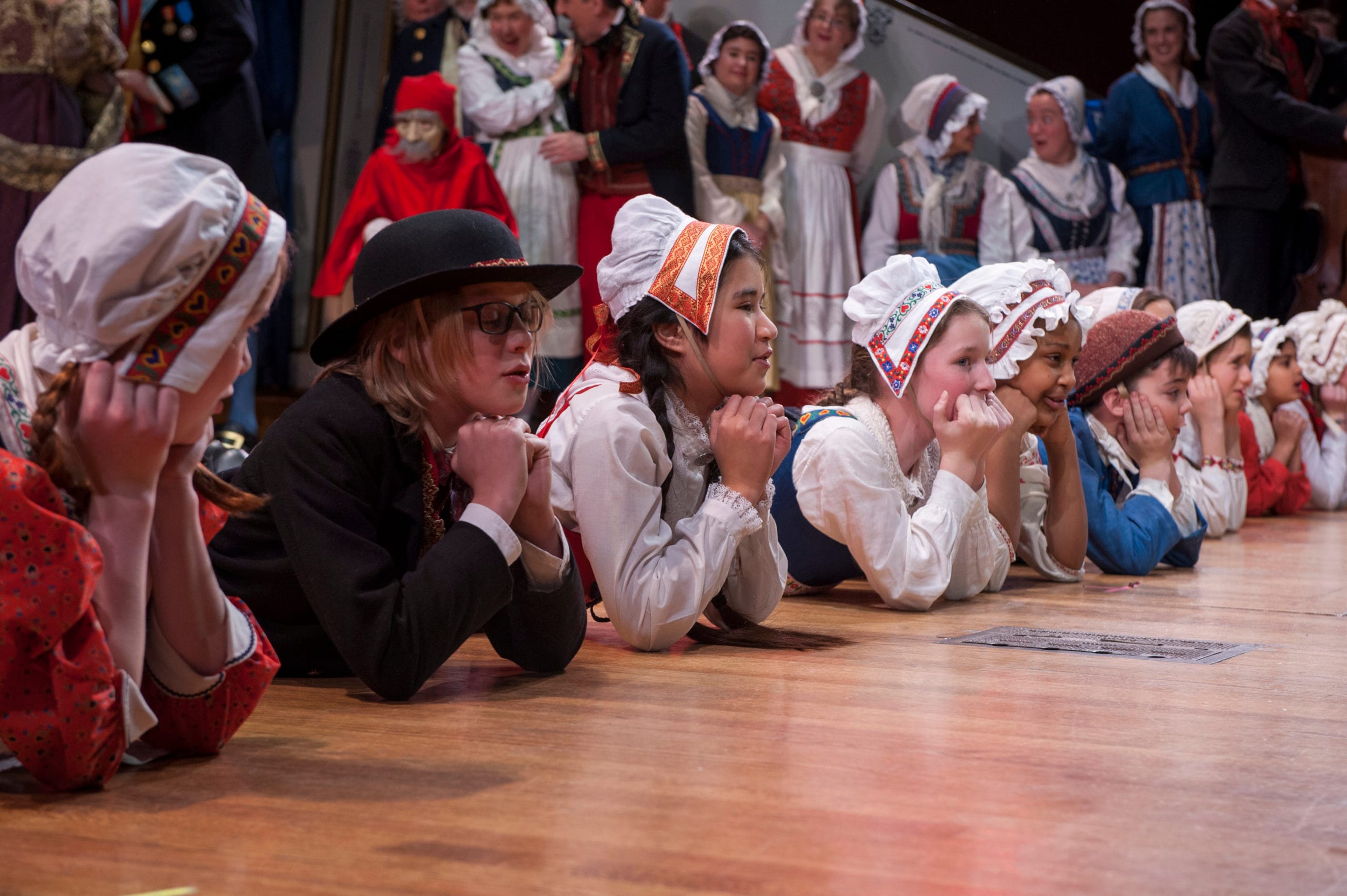
Read More

Read More

Read More

Read More
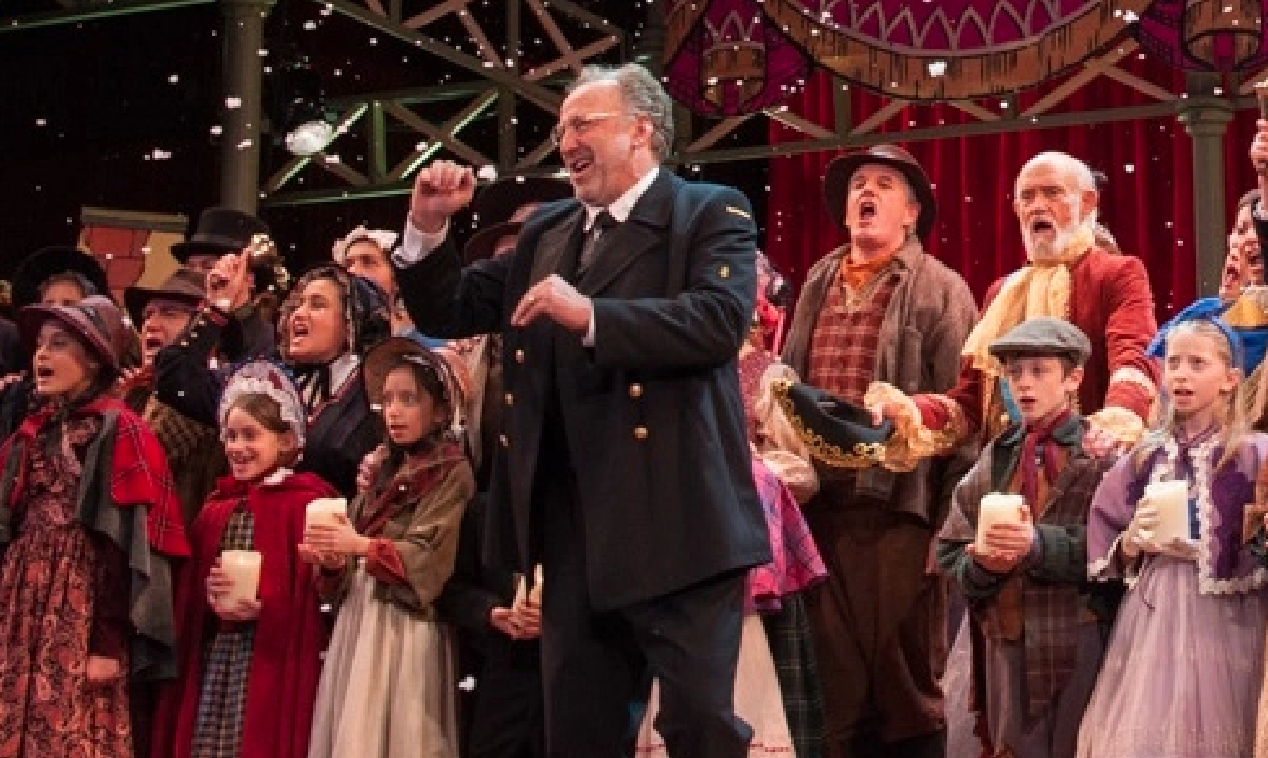
Read More

Read More
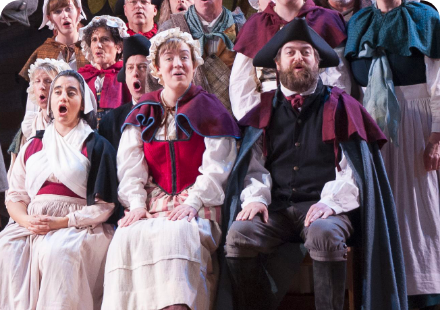
Read More

Read More

Read More

Read More

Read More

Read More

Read More

Read More

Read More

Read More

Read More

Read More
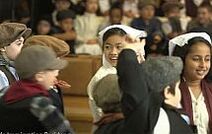
Read More

Read More

Read More

Read More

Read More

Read More
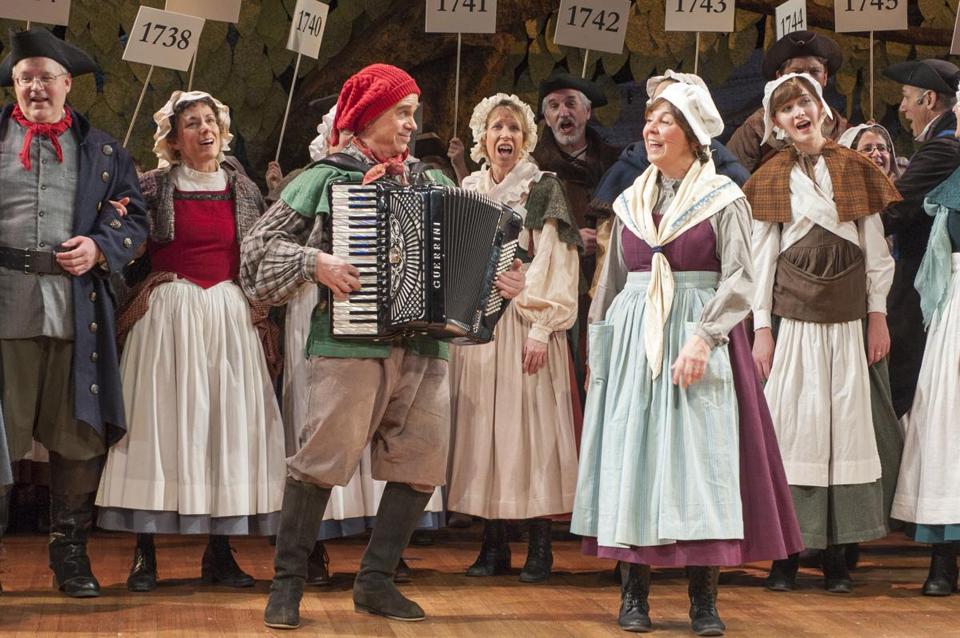
Read More

Read More

Read More

Read More

Read More
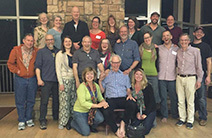
Read More

Read More

Read More
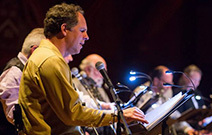
Read More
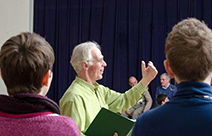
Read More

Read More

Read More
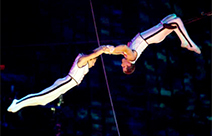
Read More

Read More
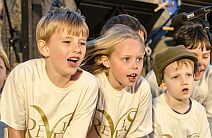
Read More
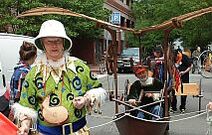
Read More

Read More

Read More
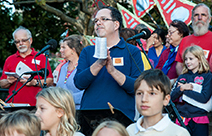
Read More
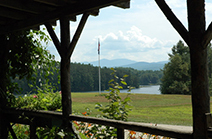
Read More

Read More

Read More

Read More

Read More

Read More

Read More

Read More
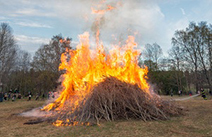
Read More

Read More
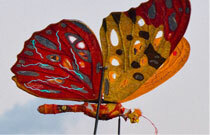
Read More

Read More

Read More

Read More
